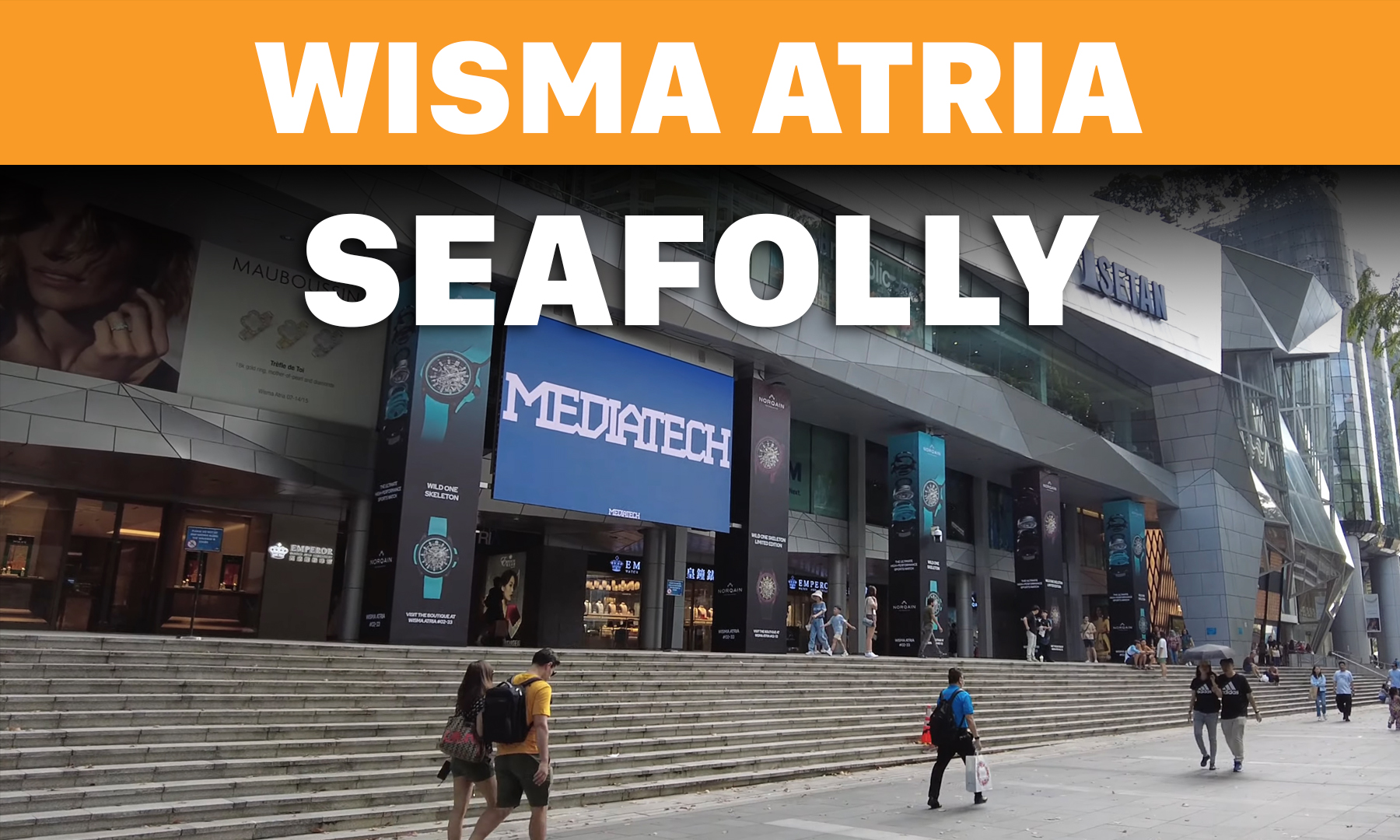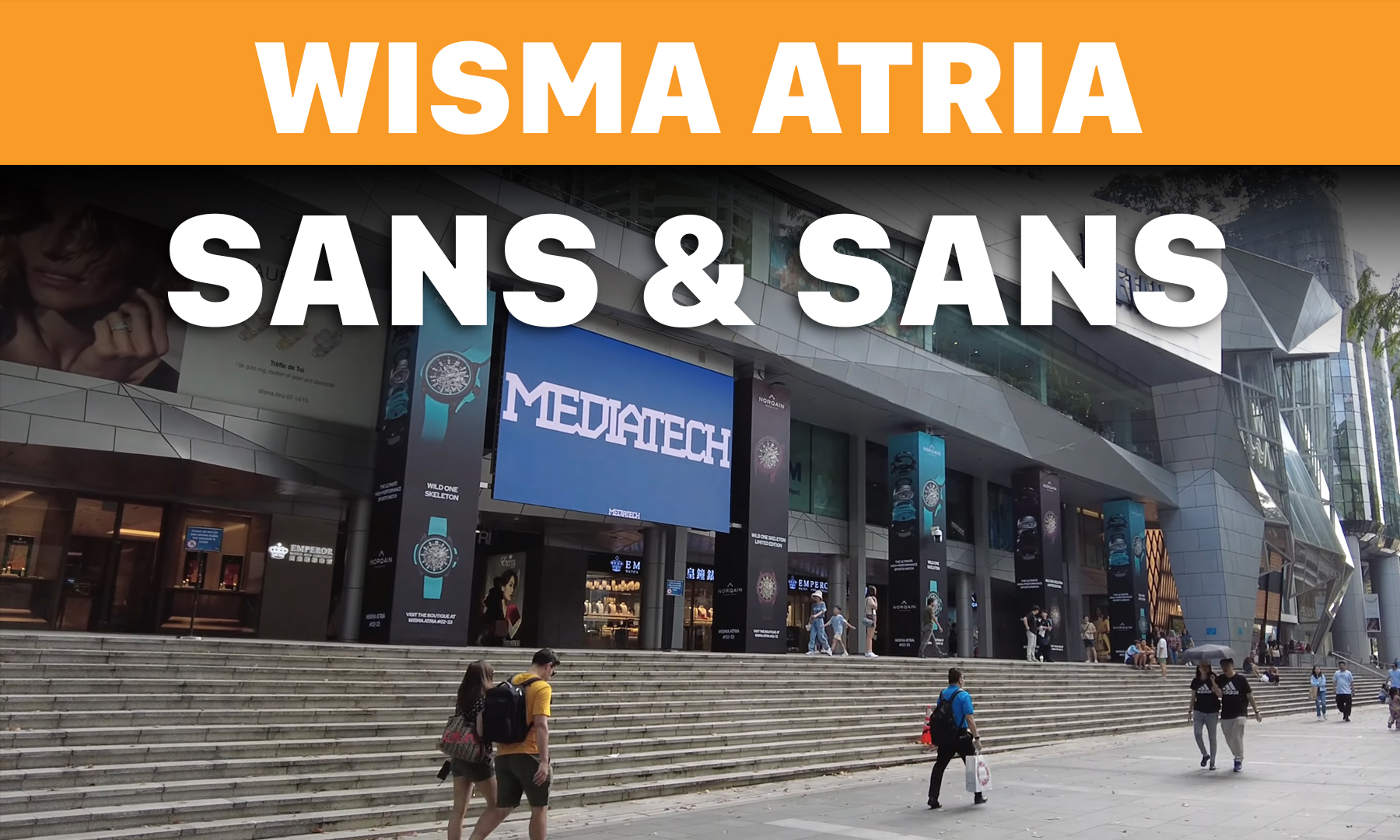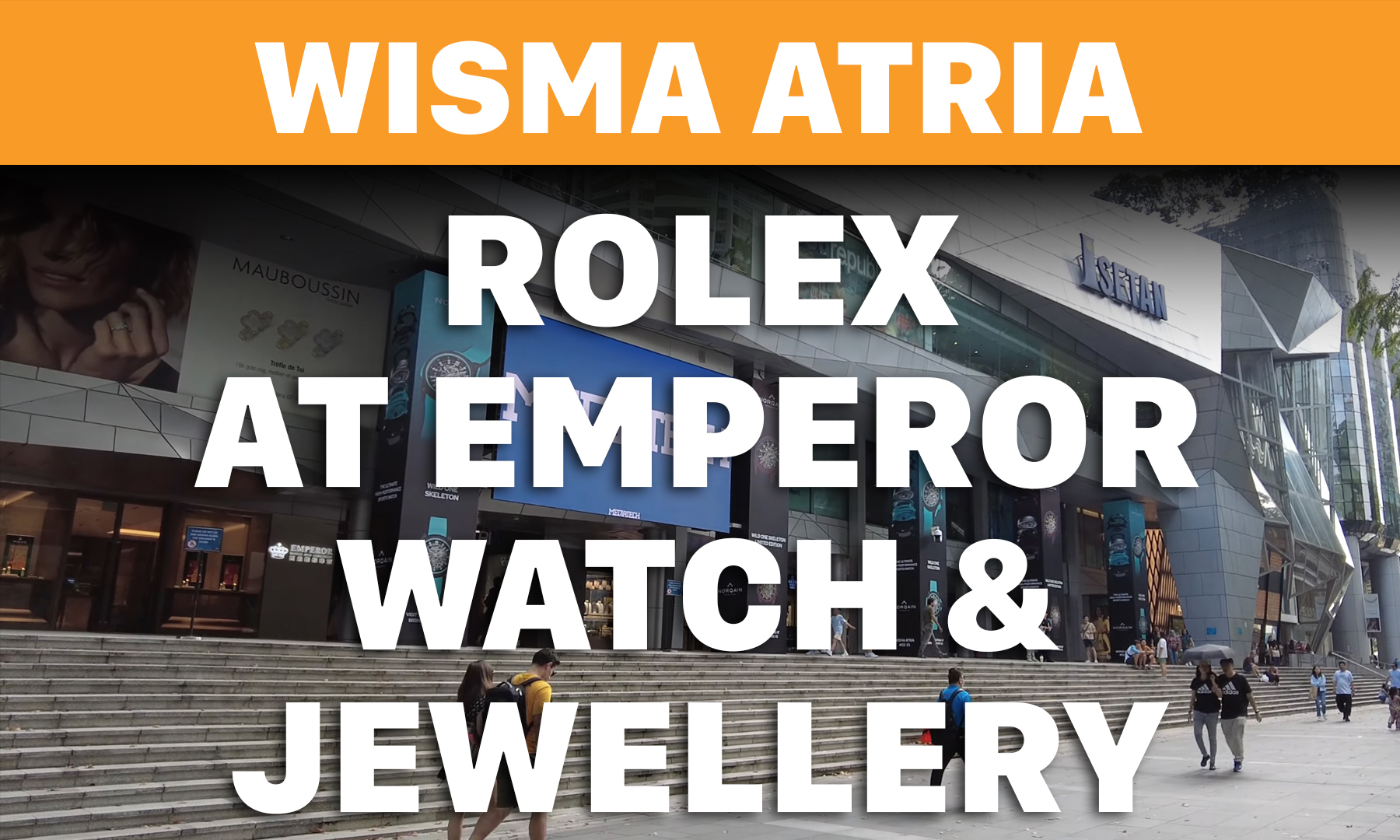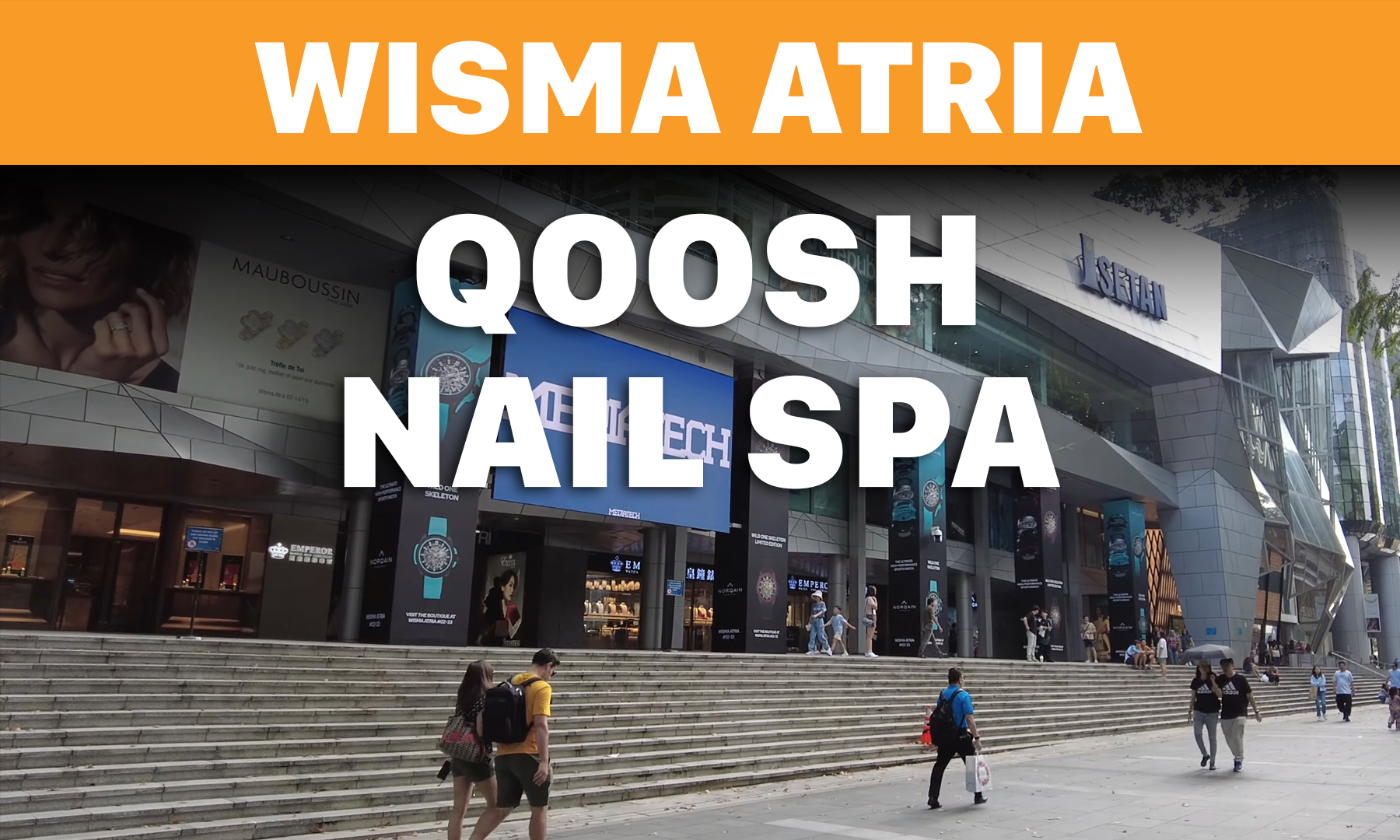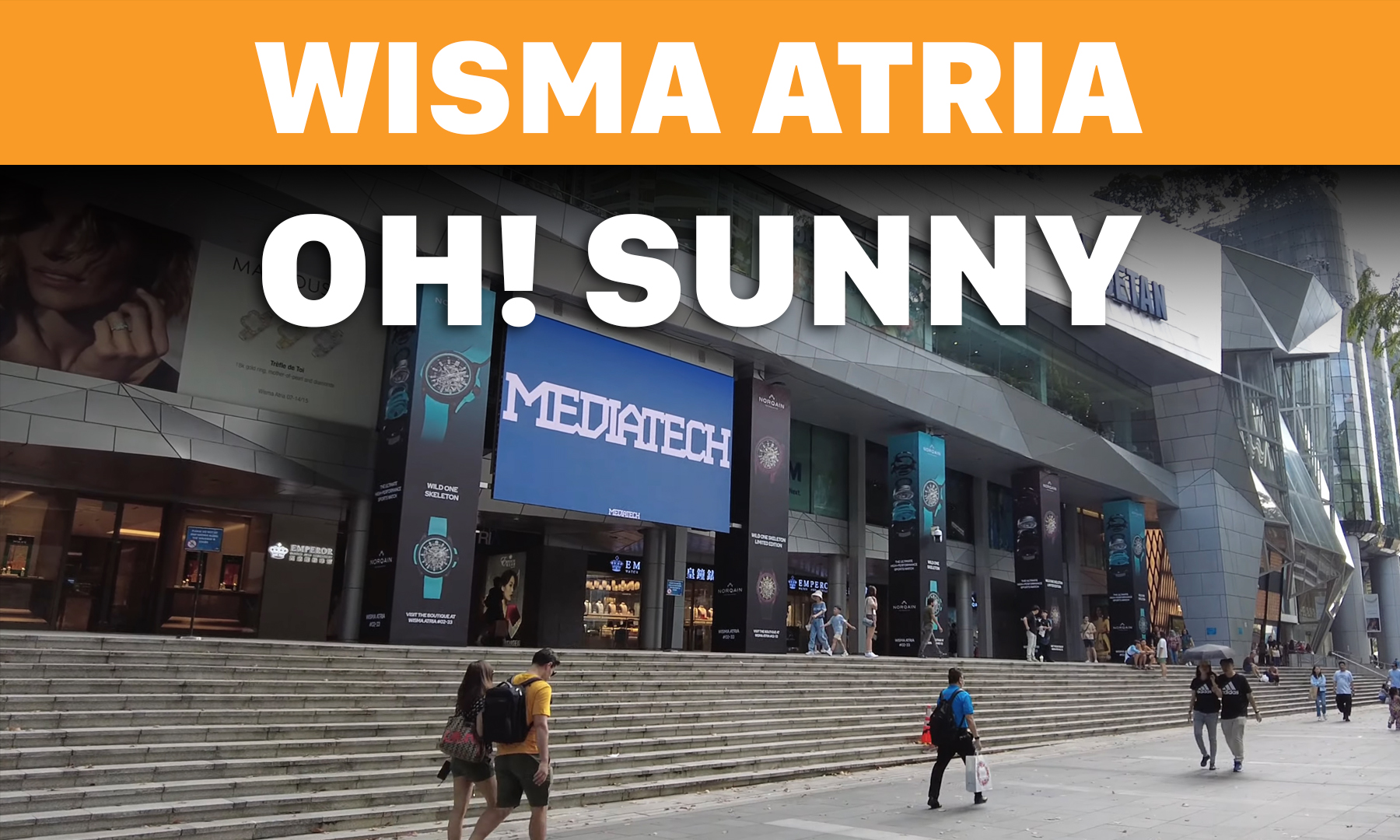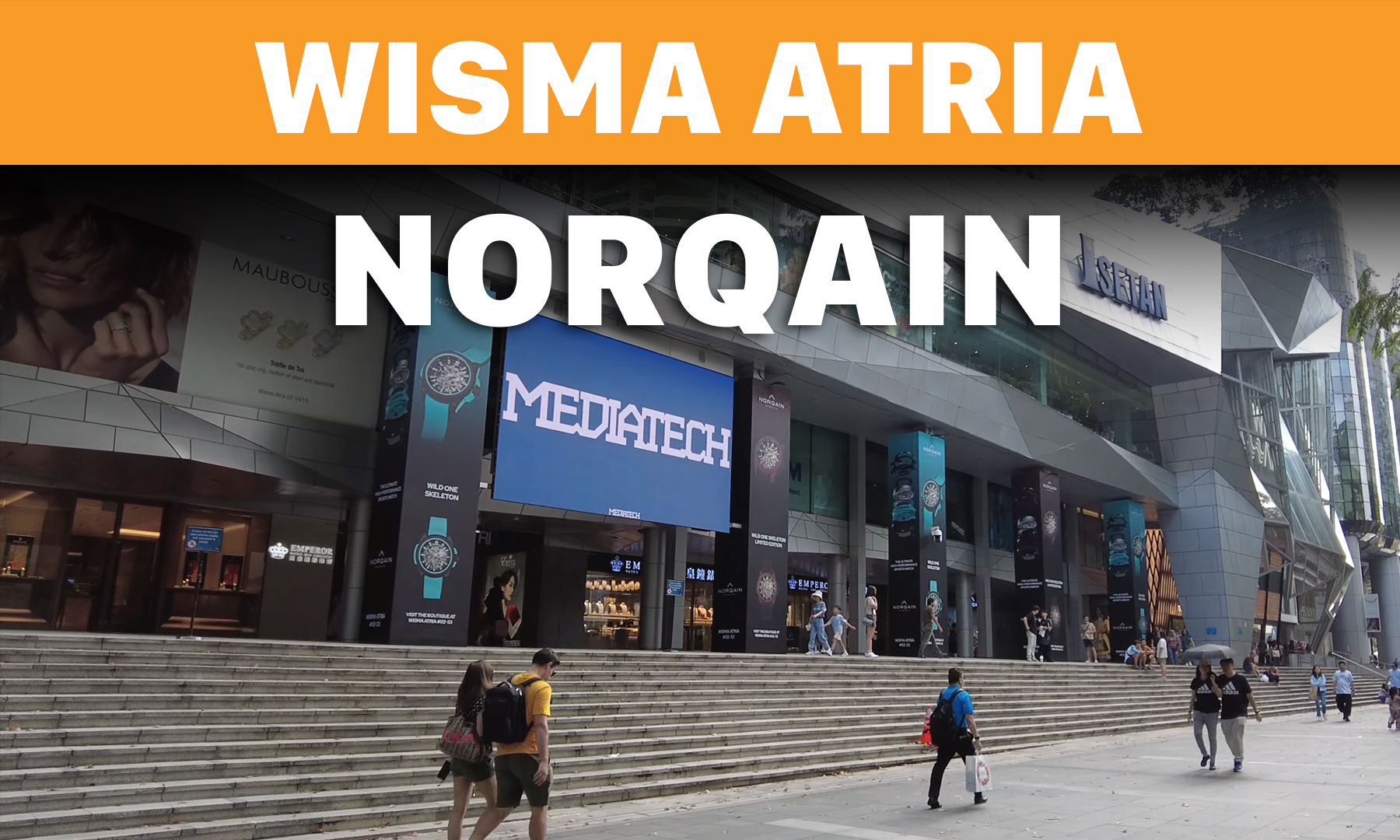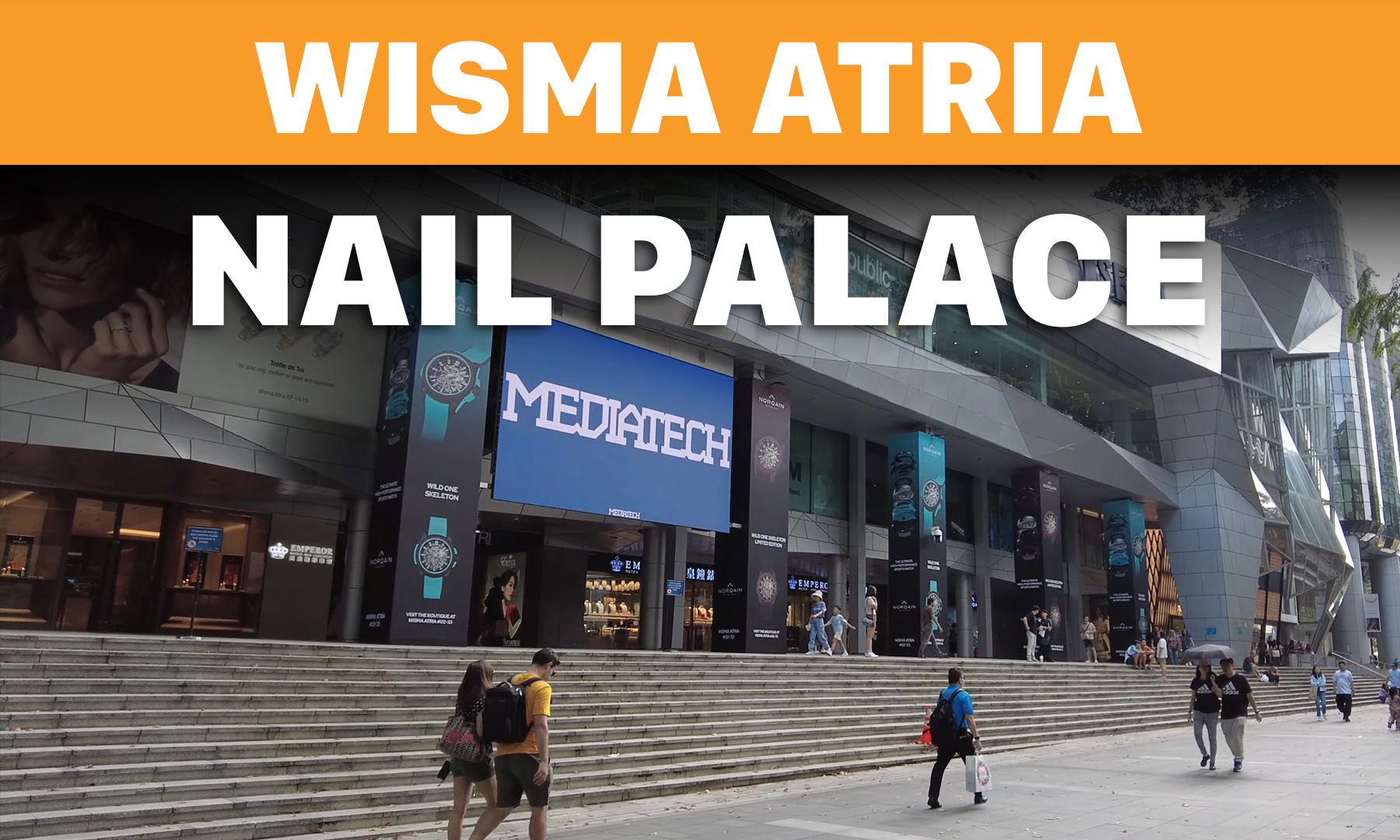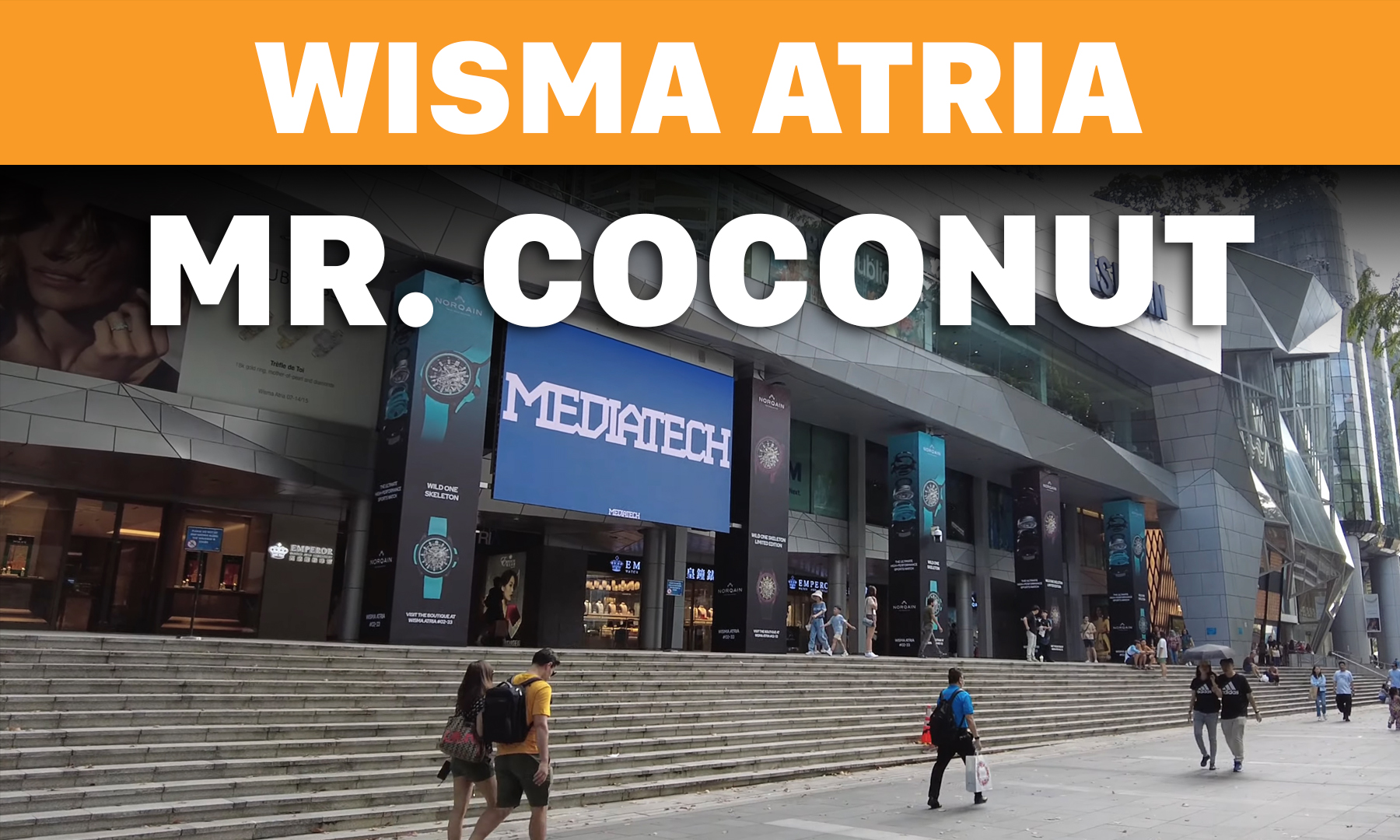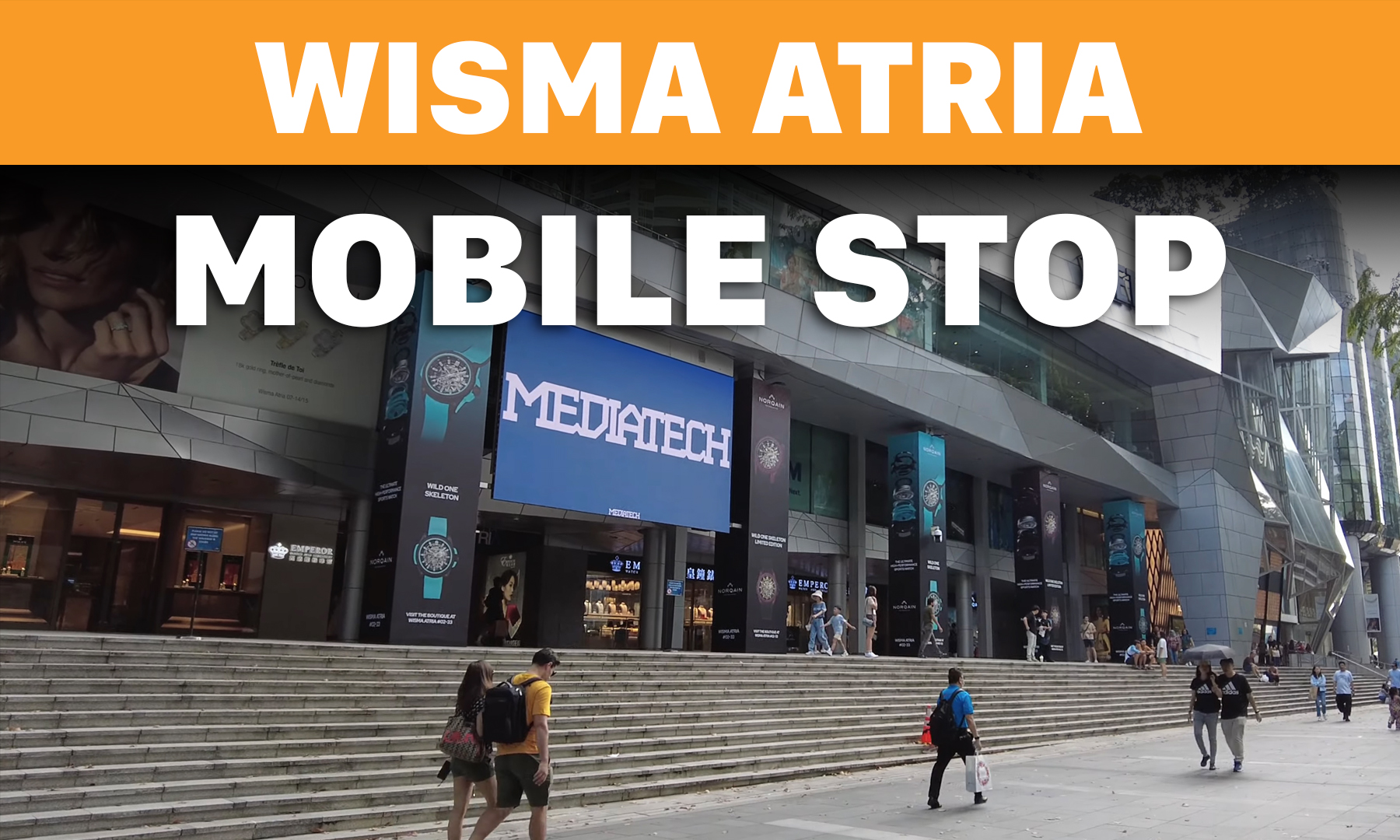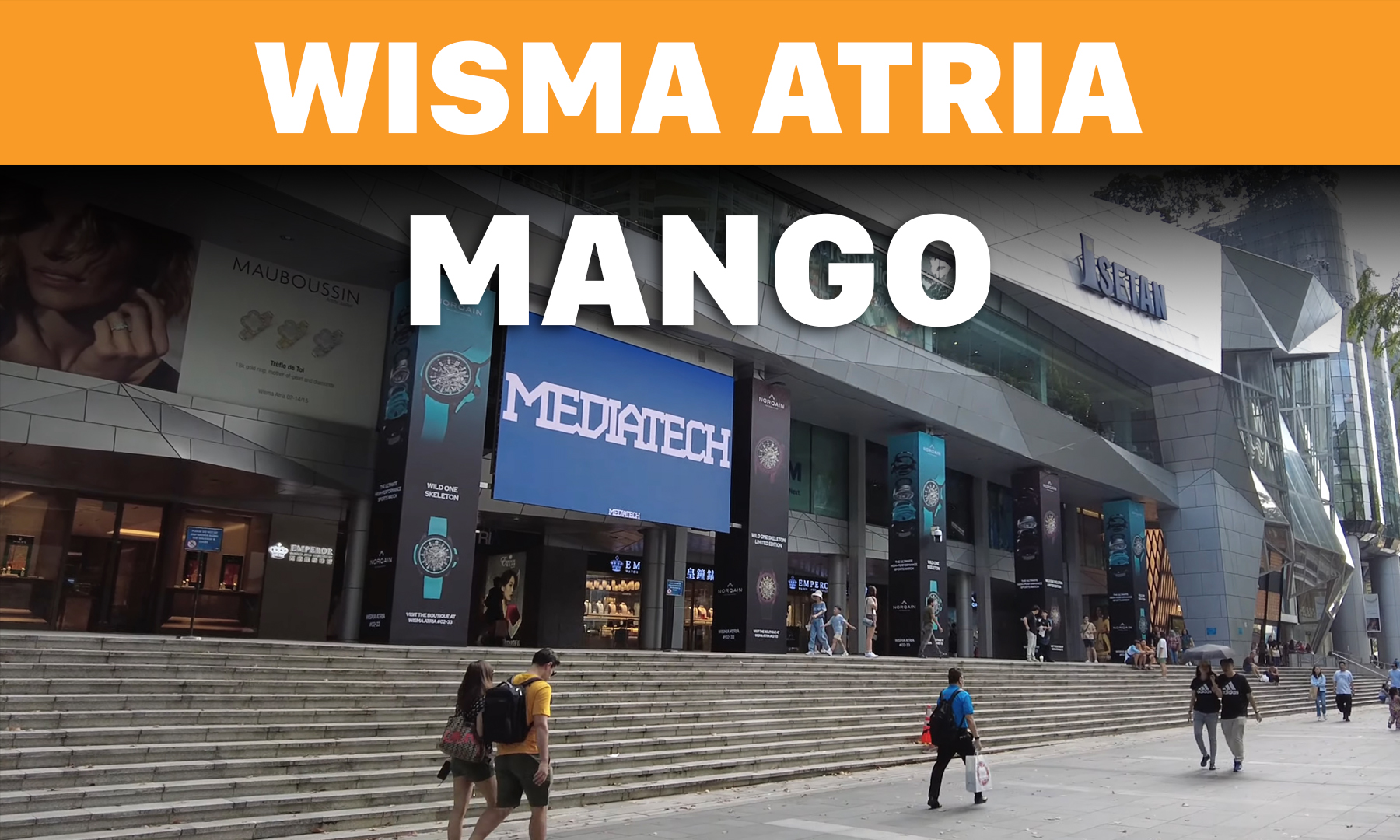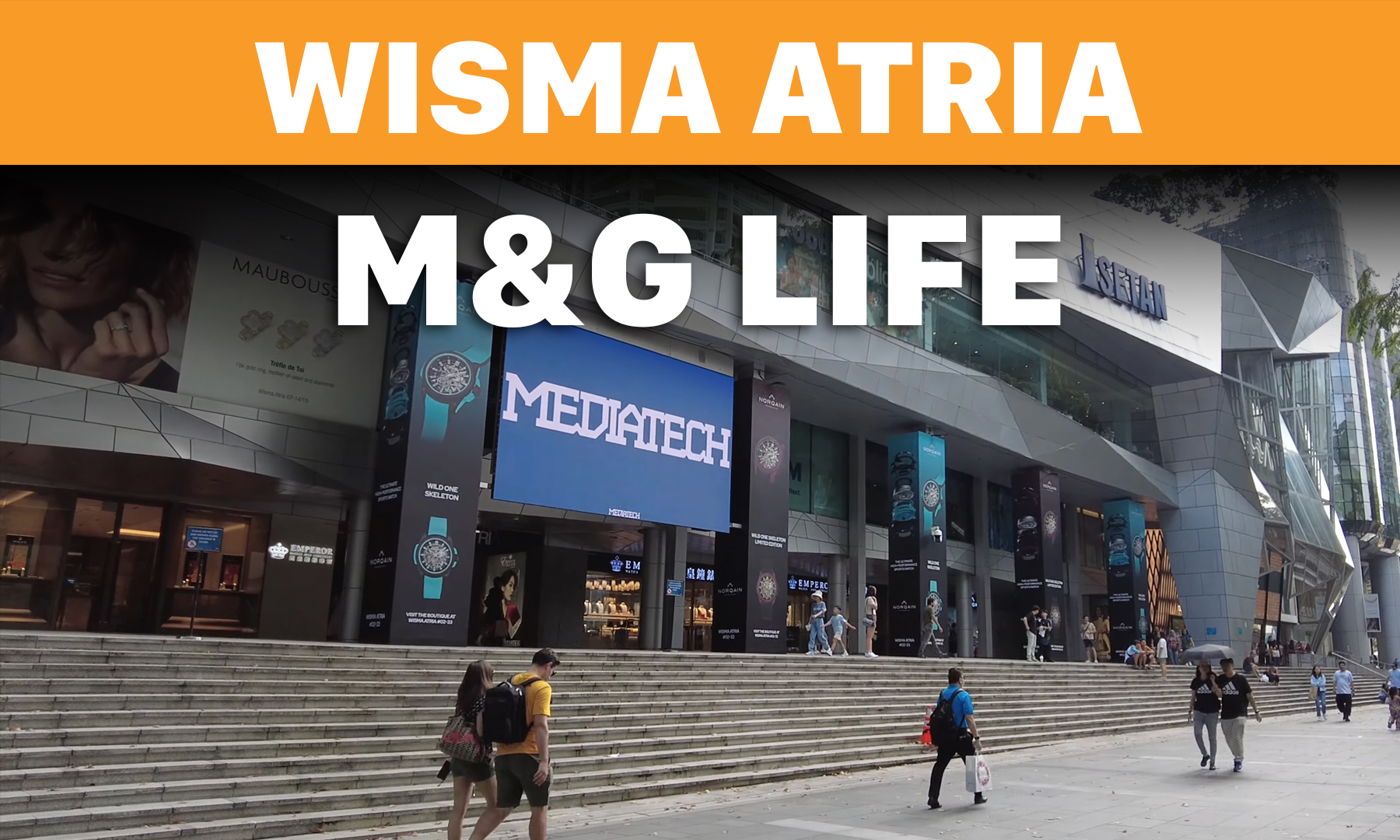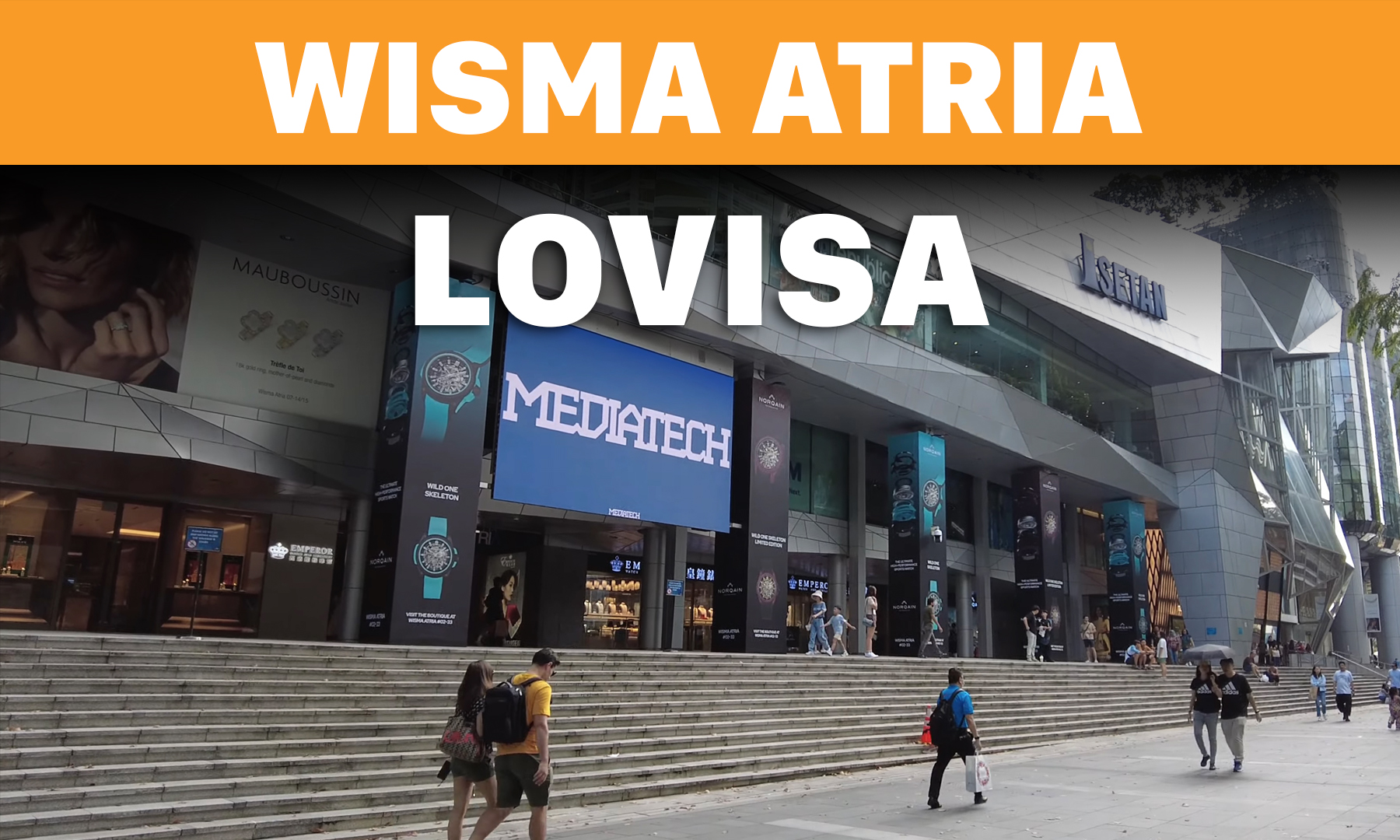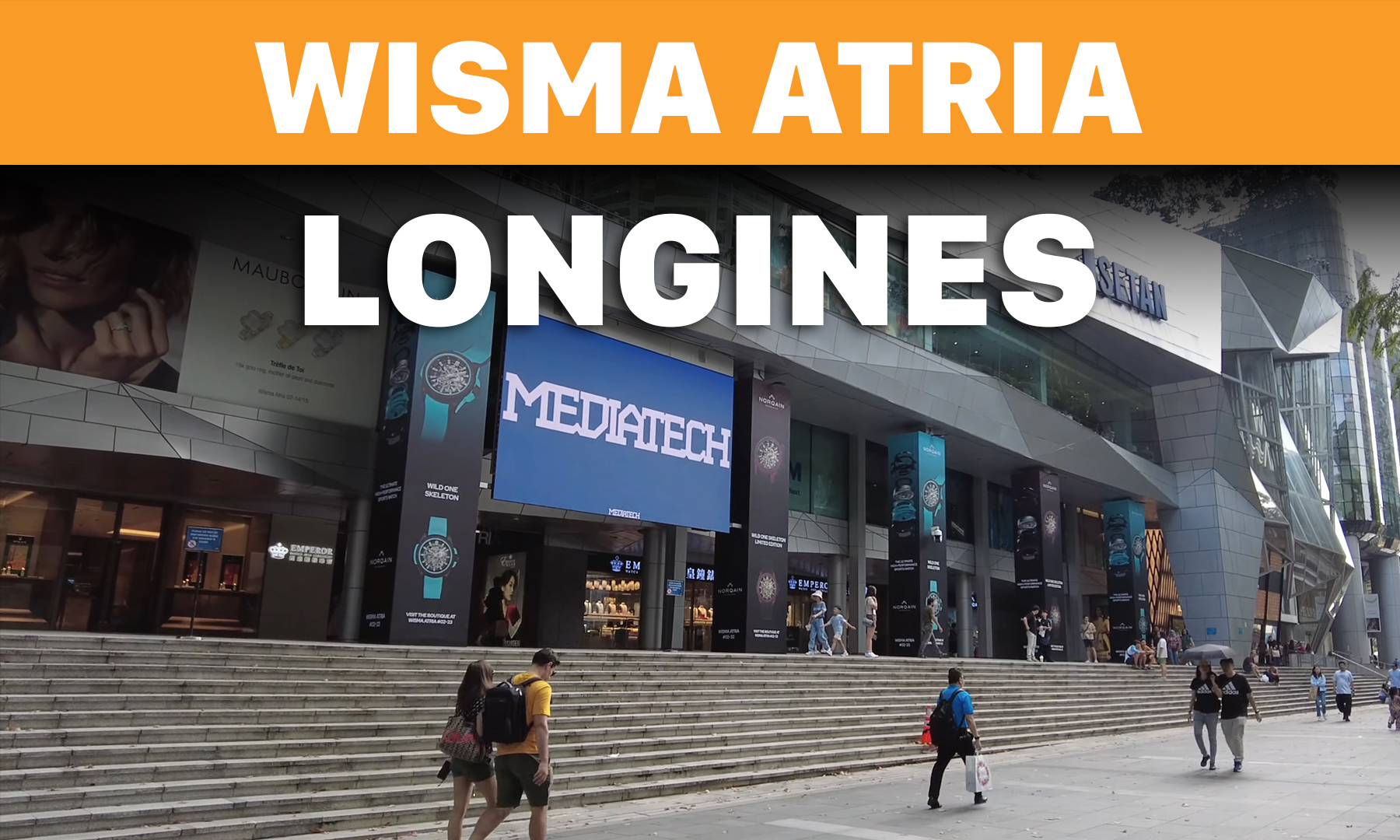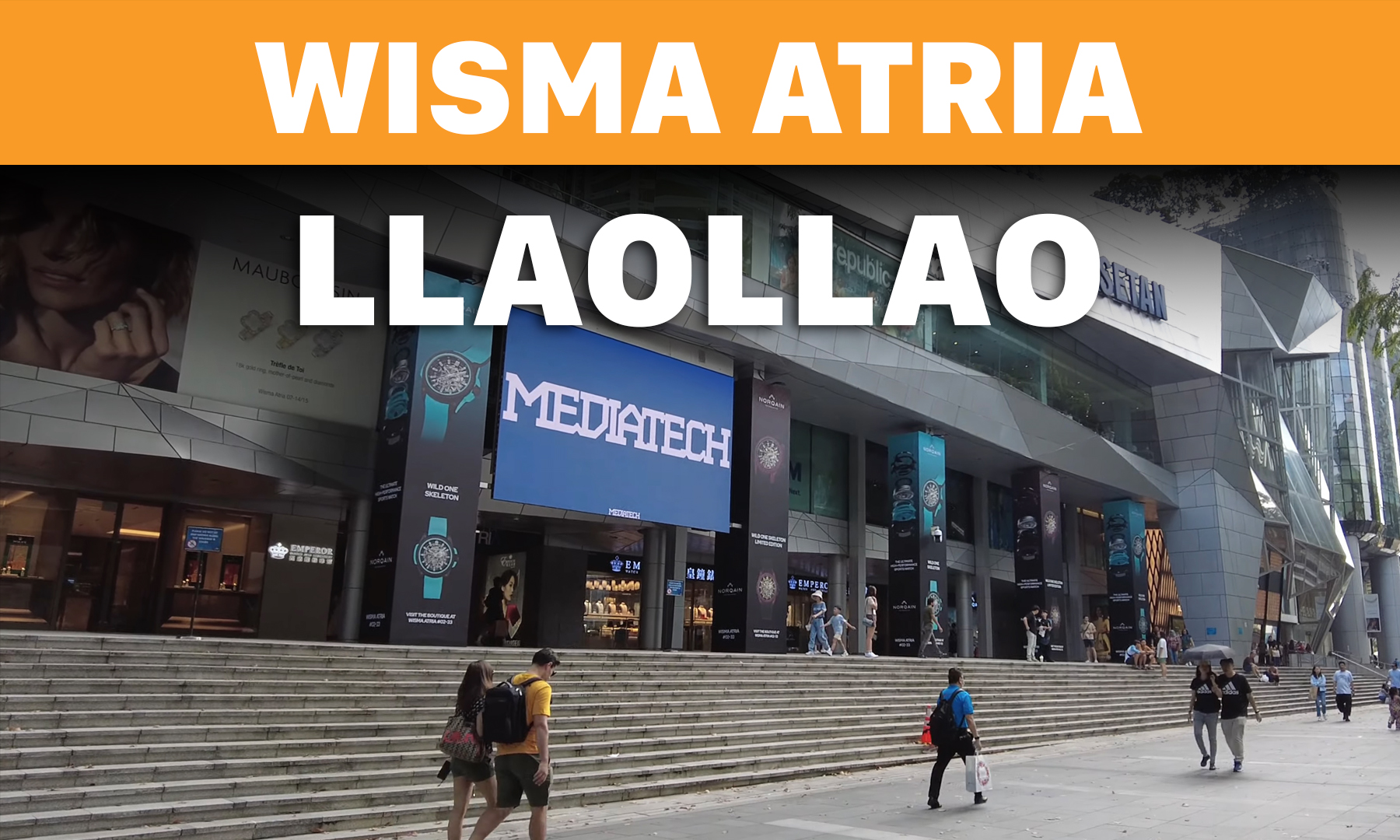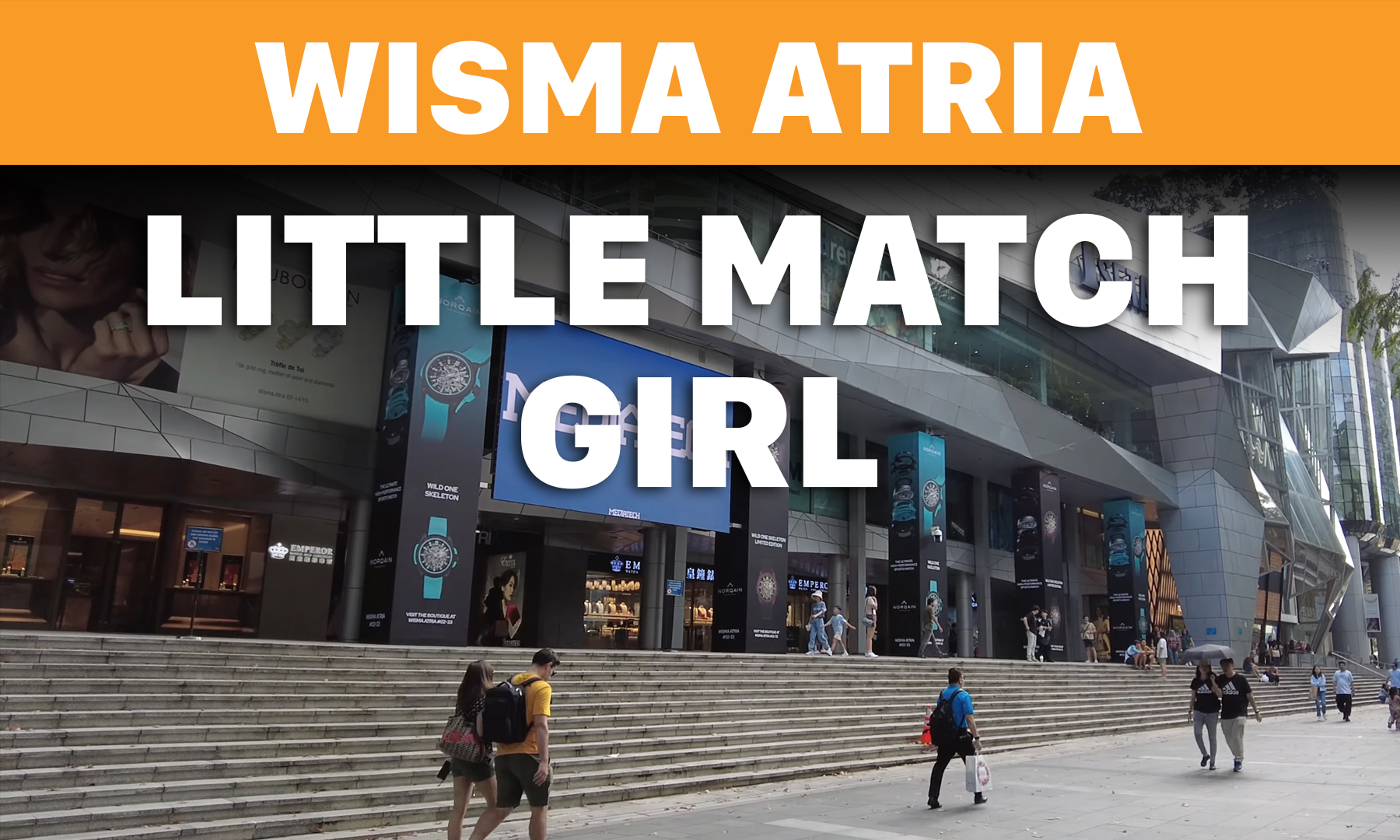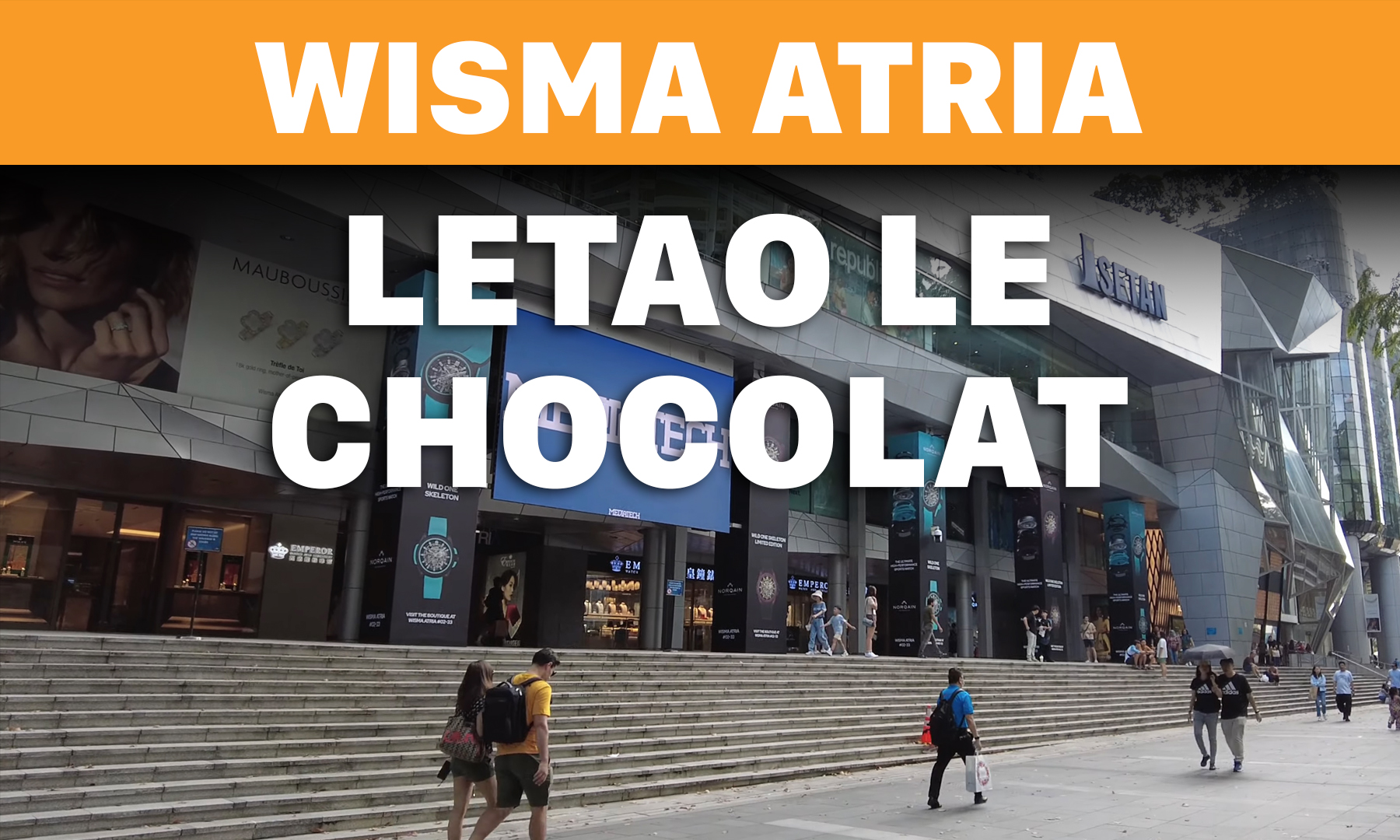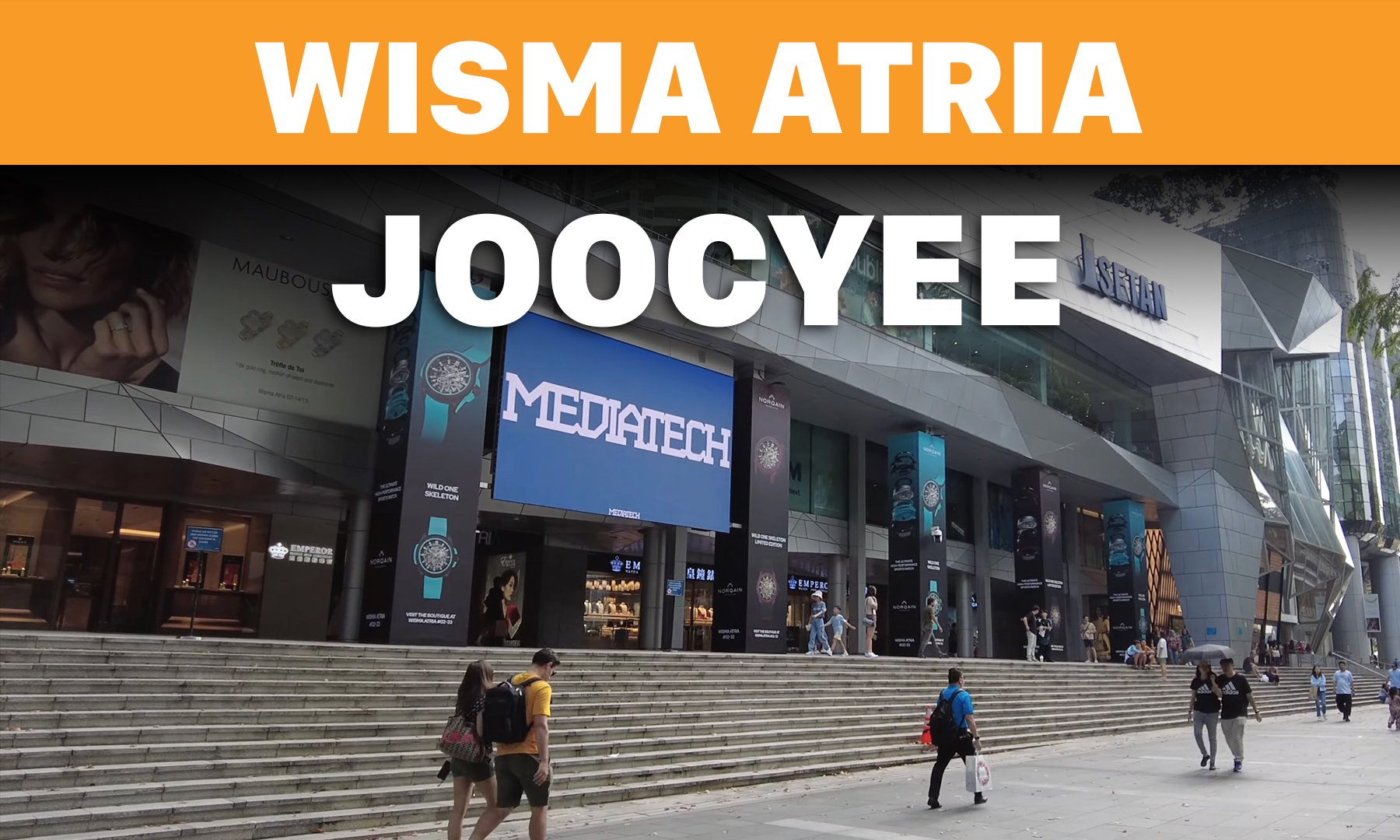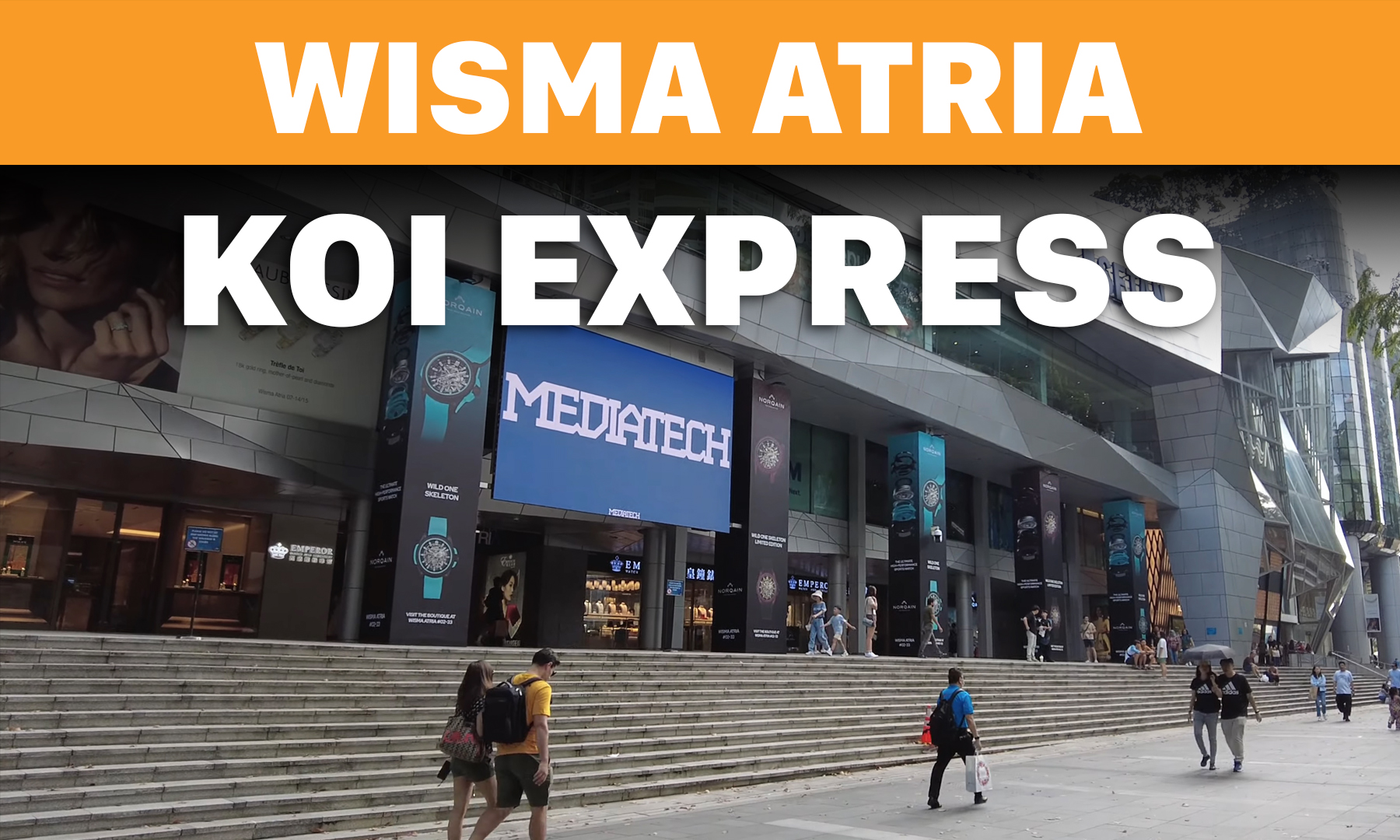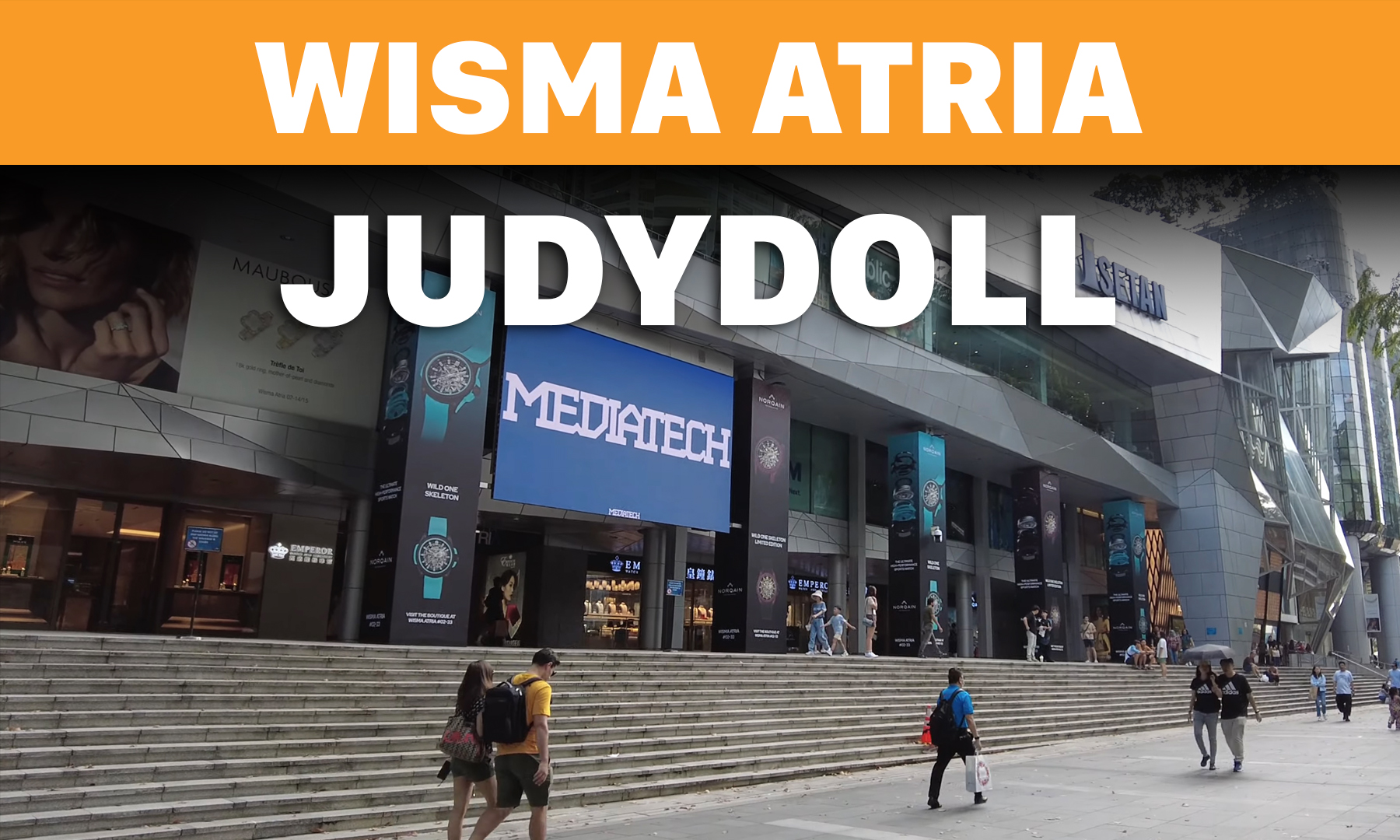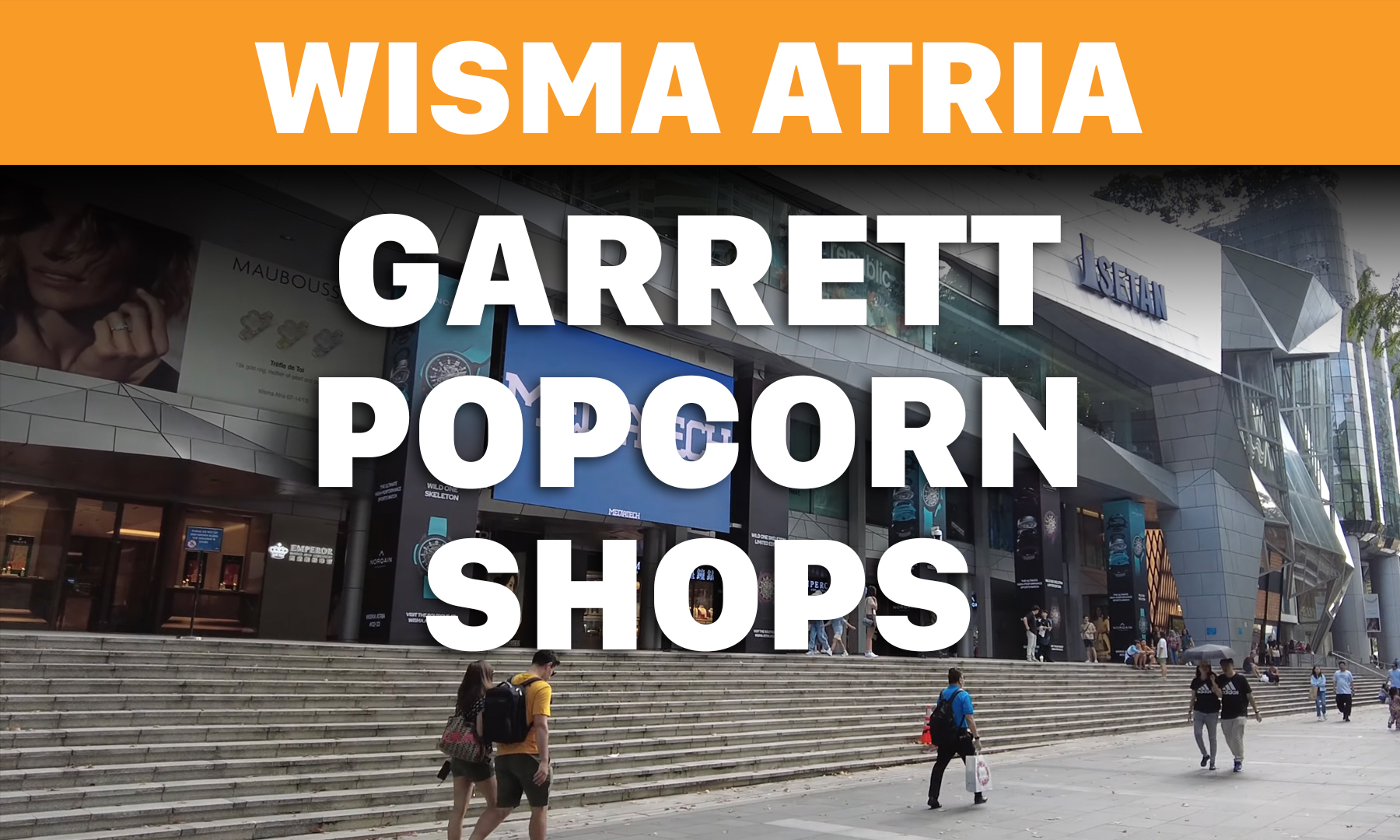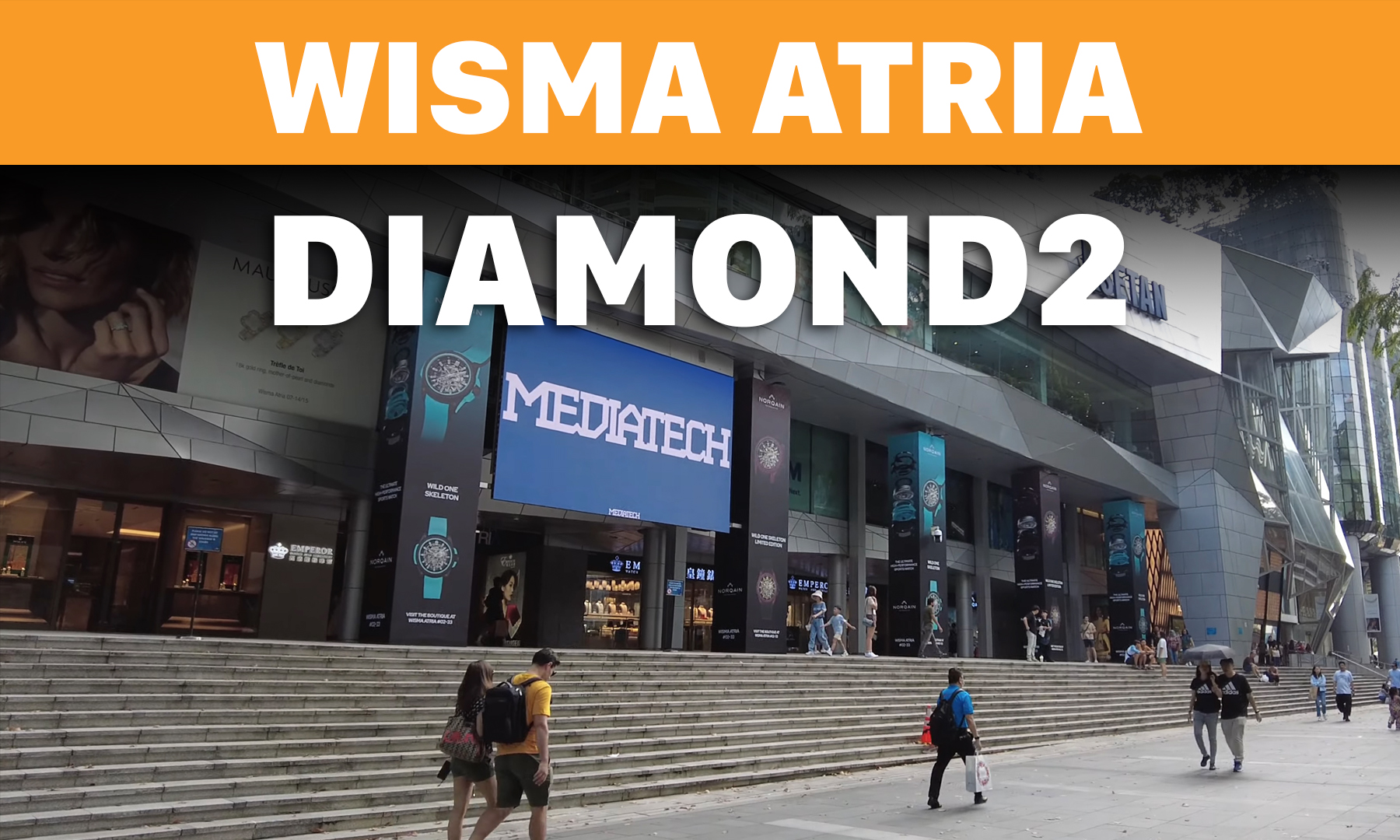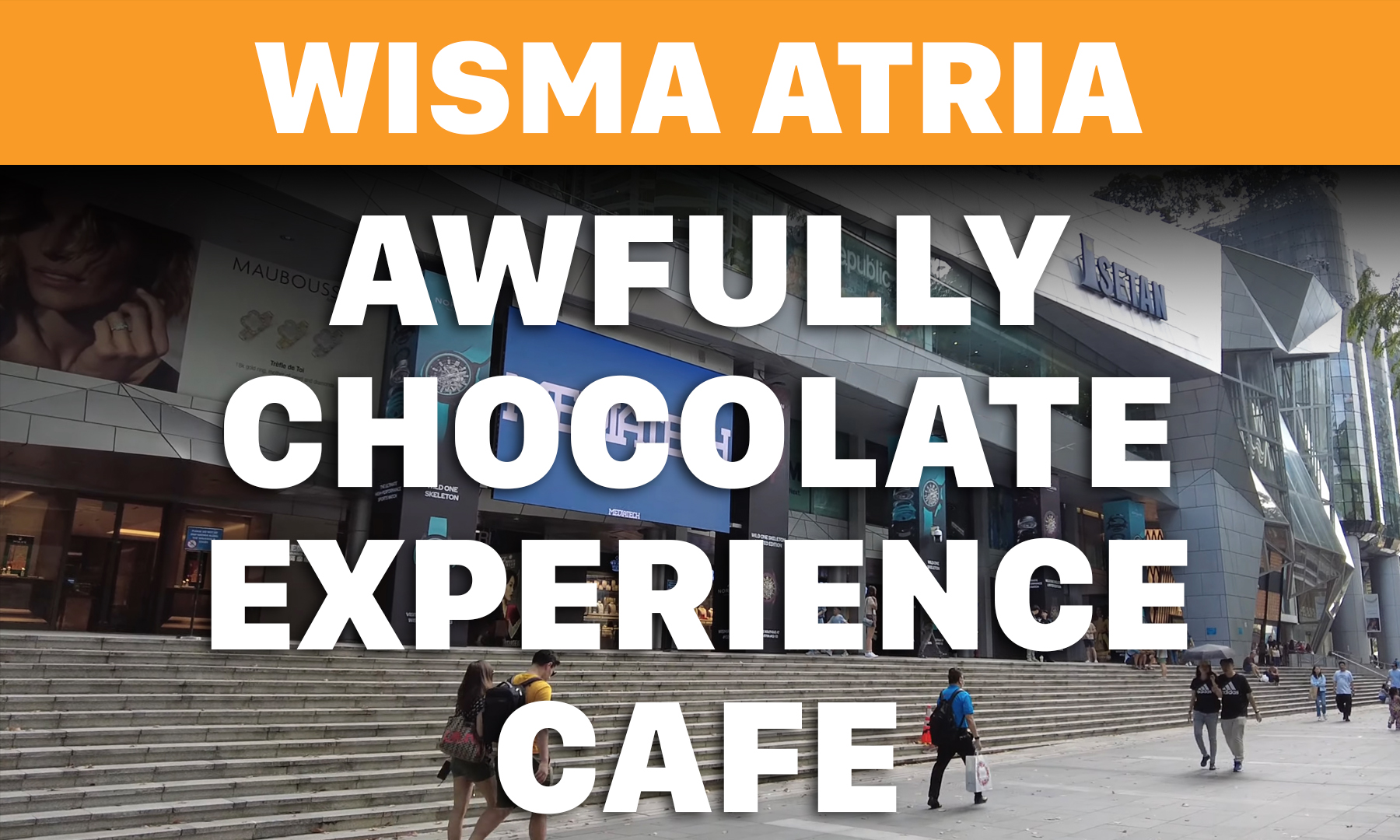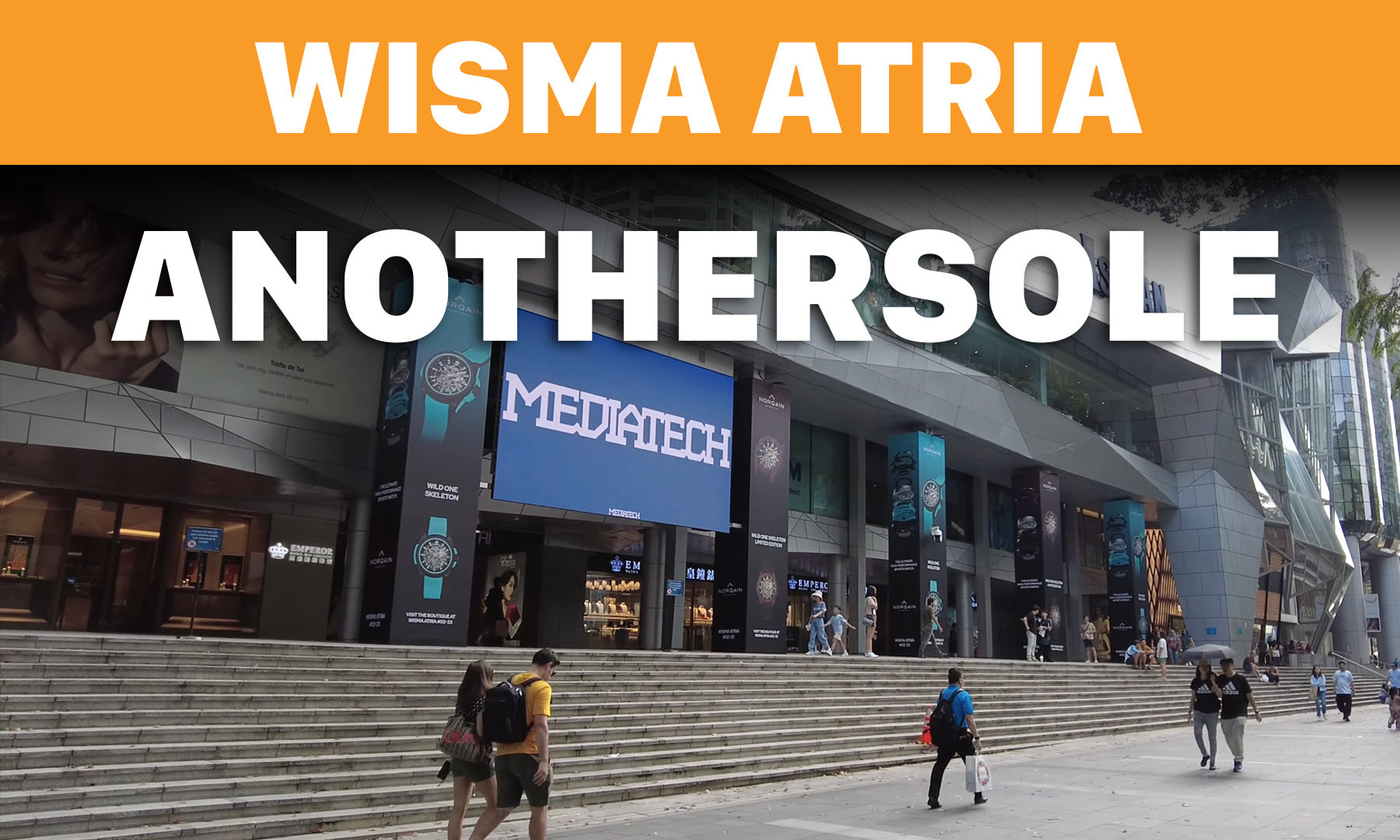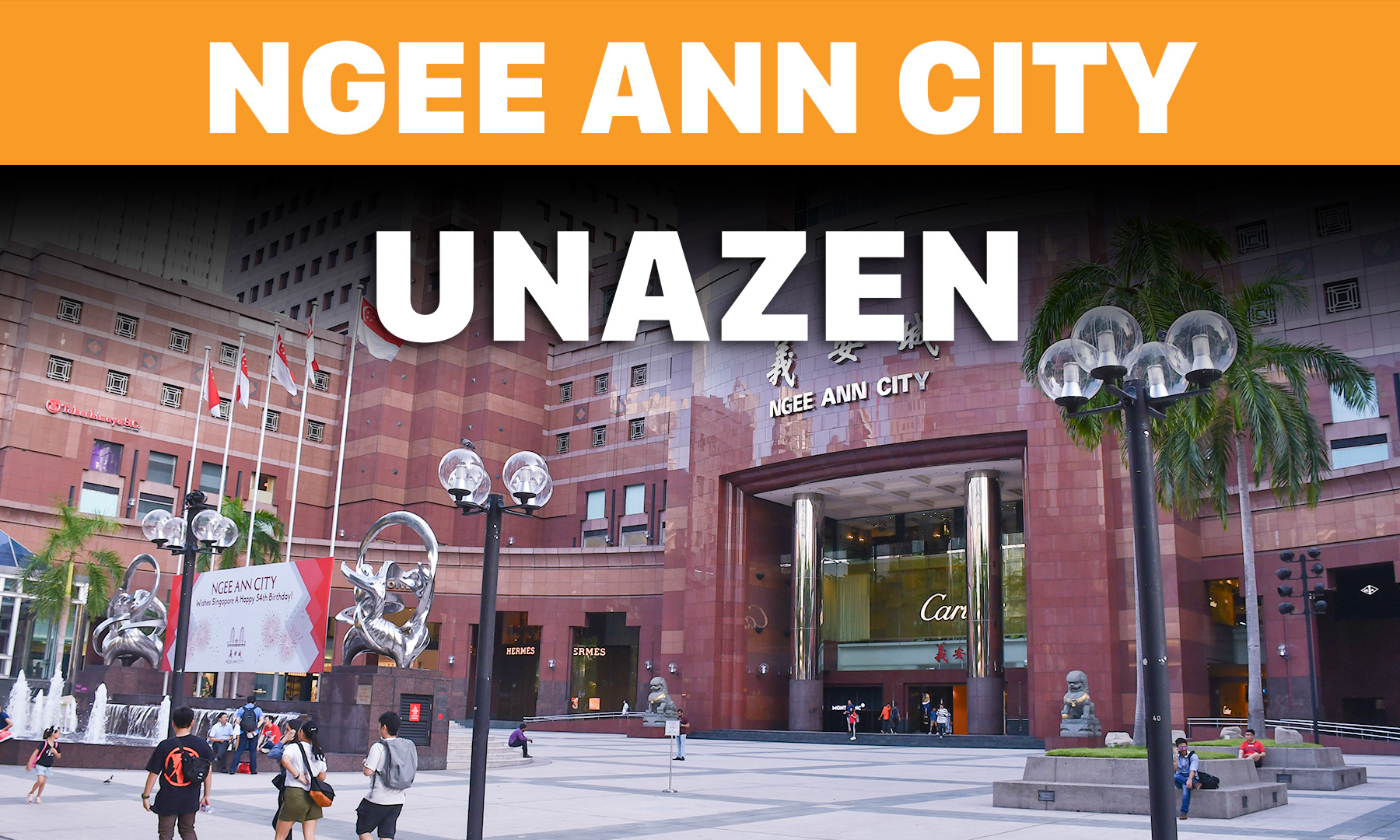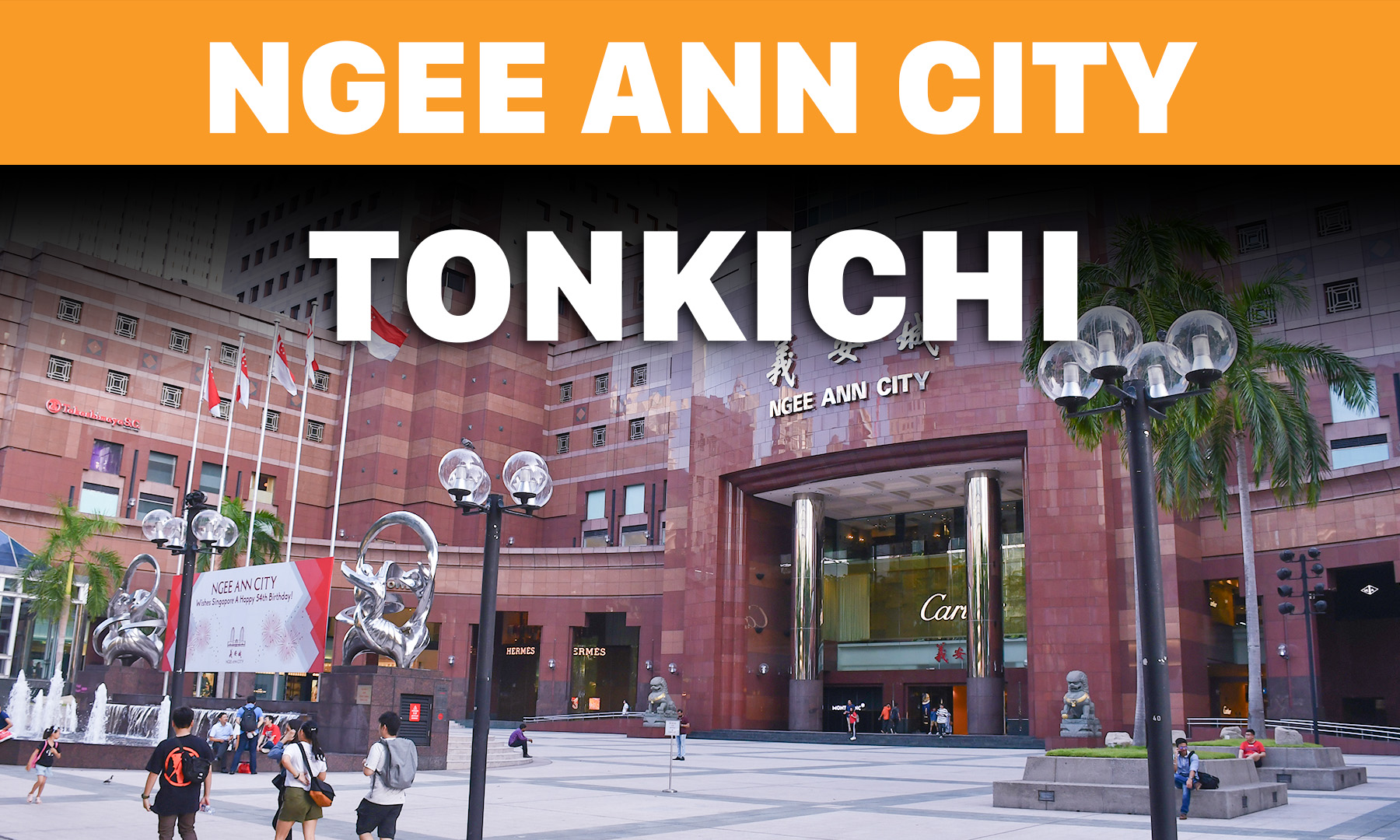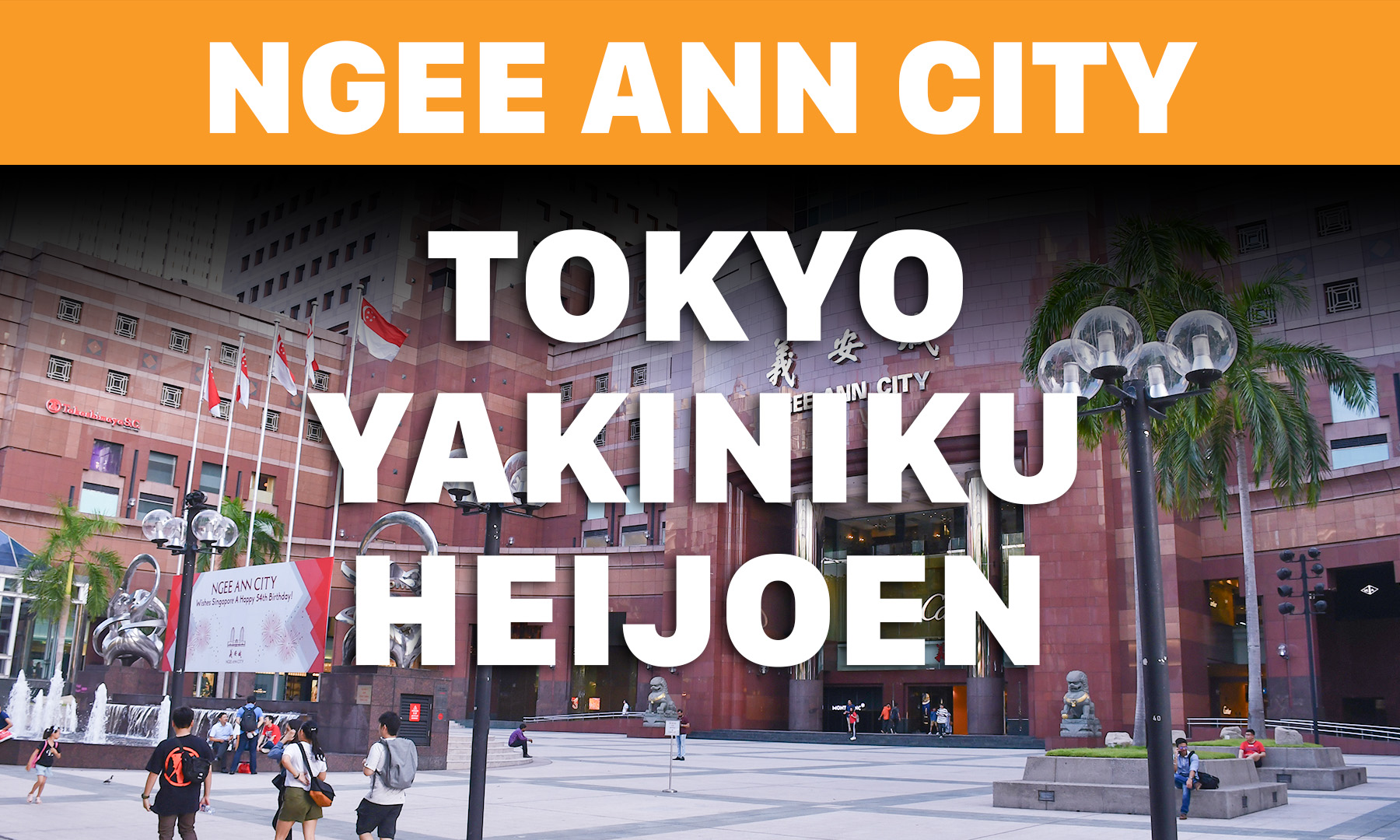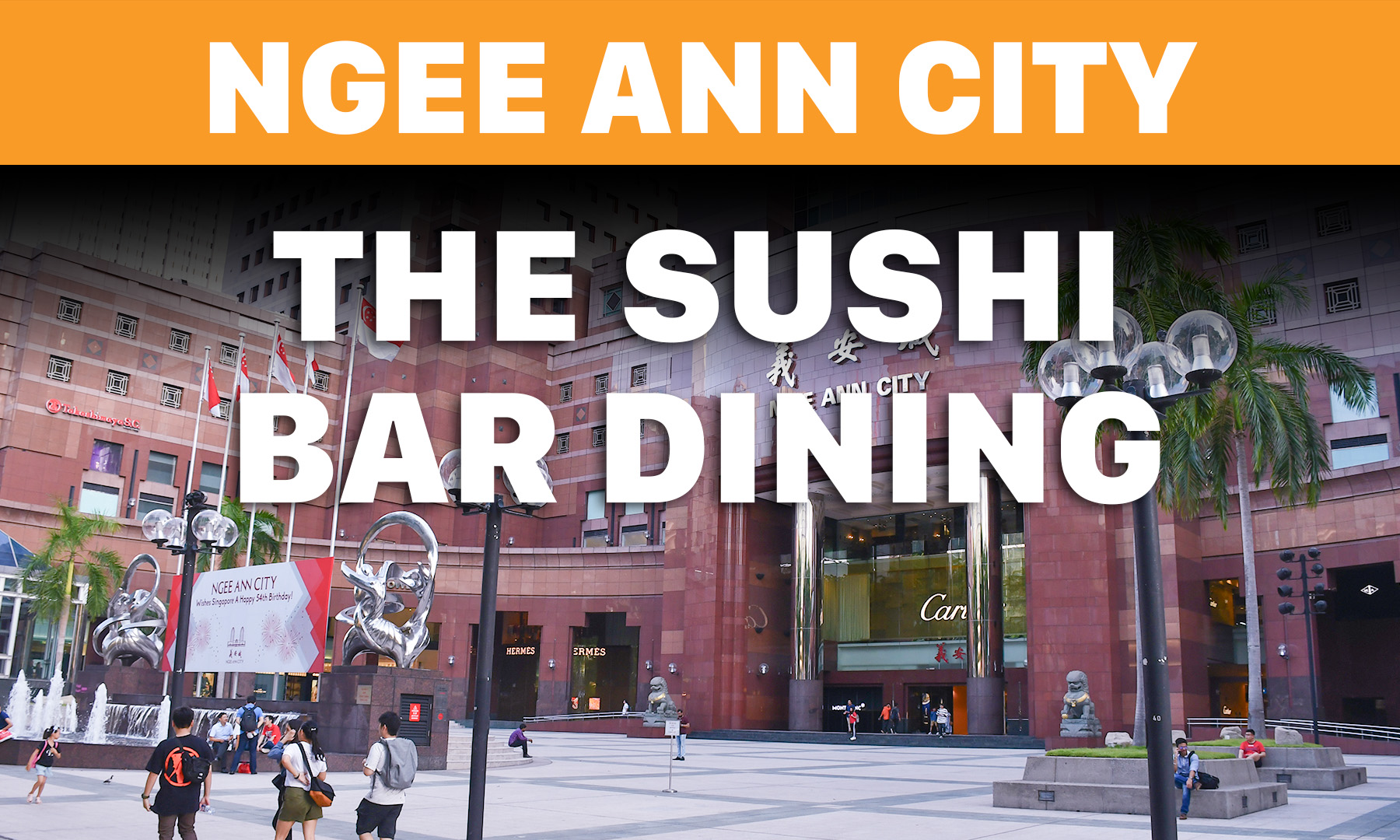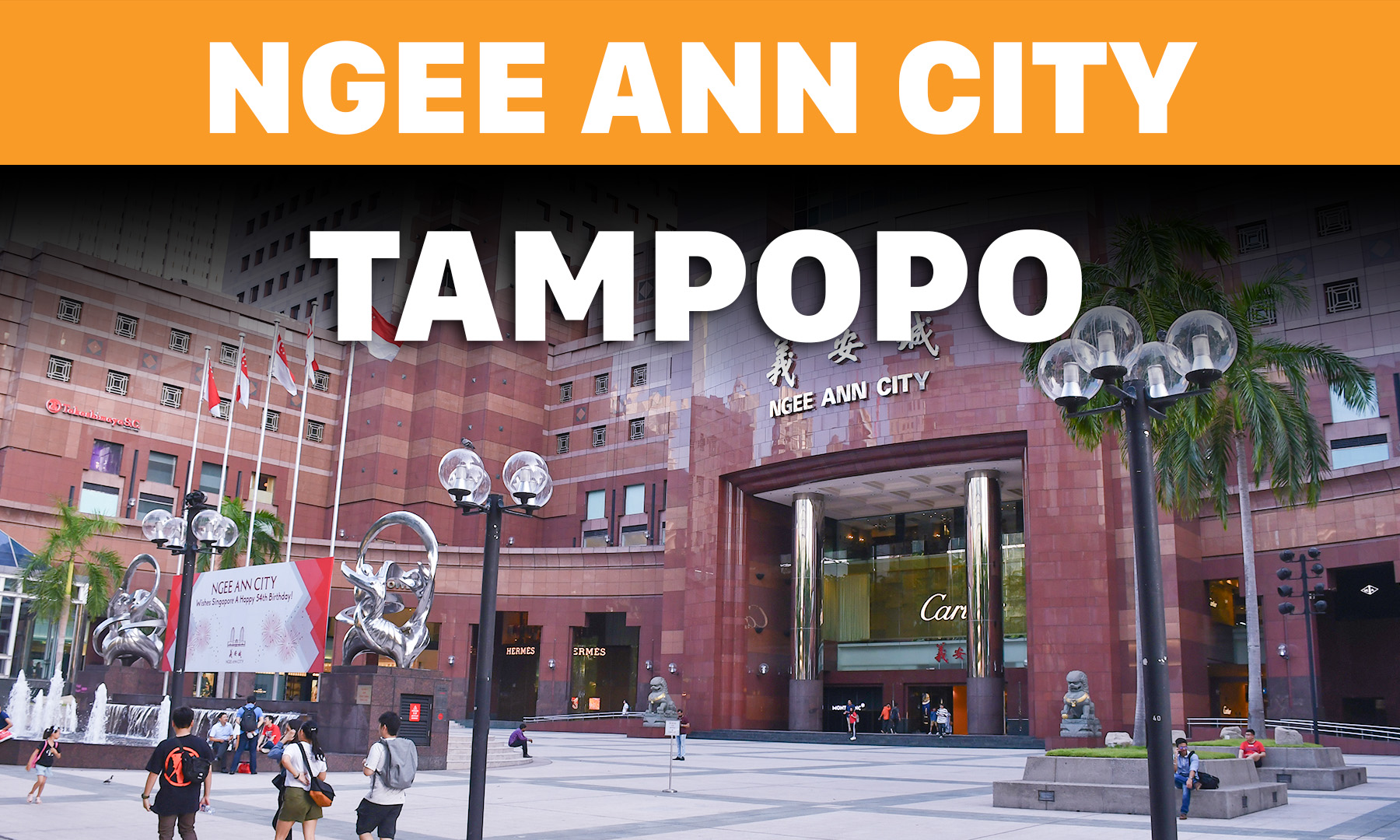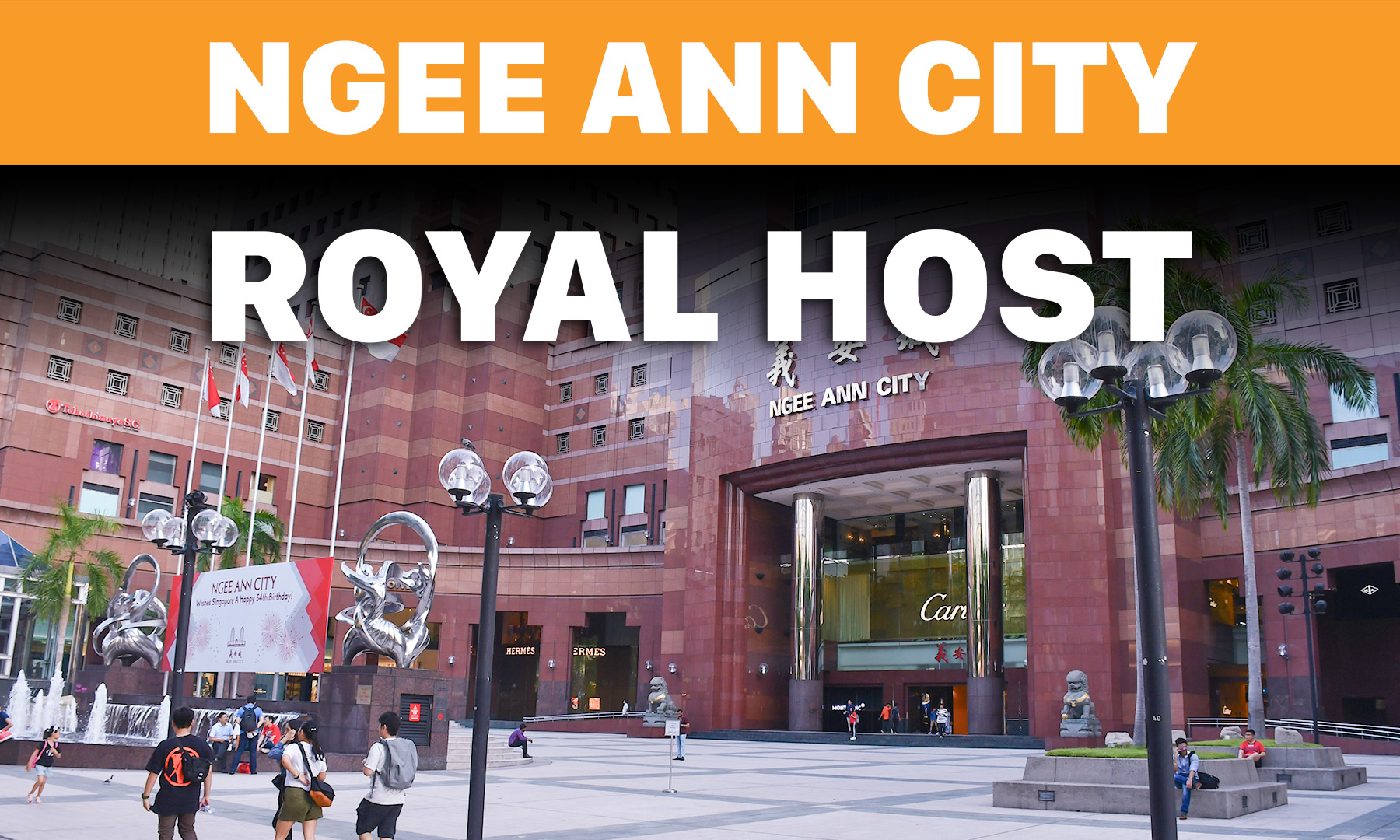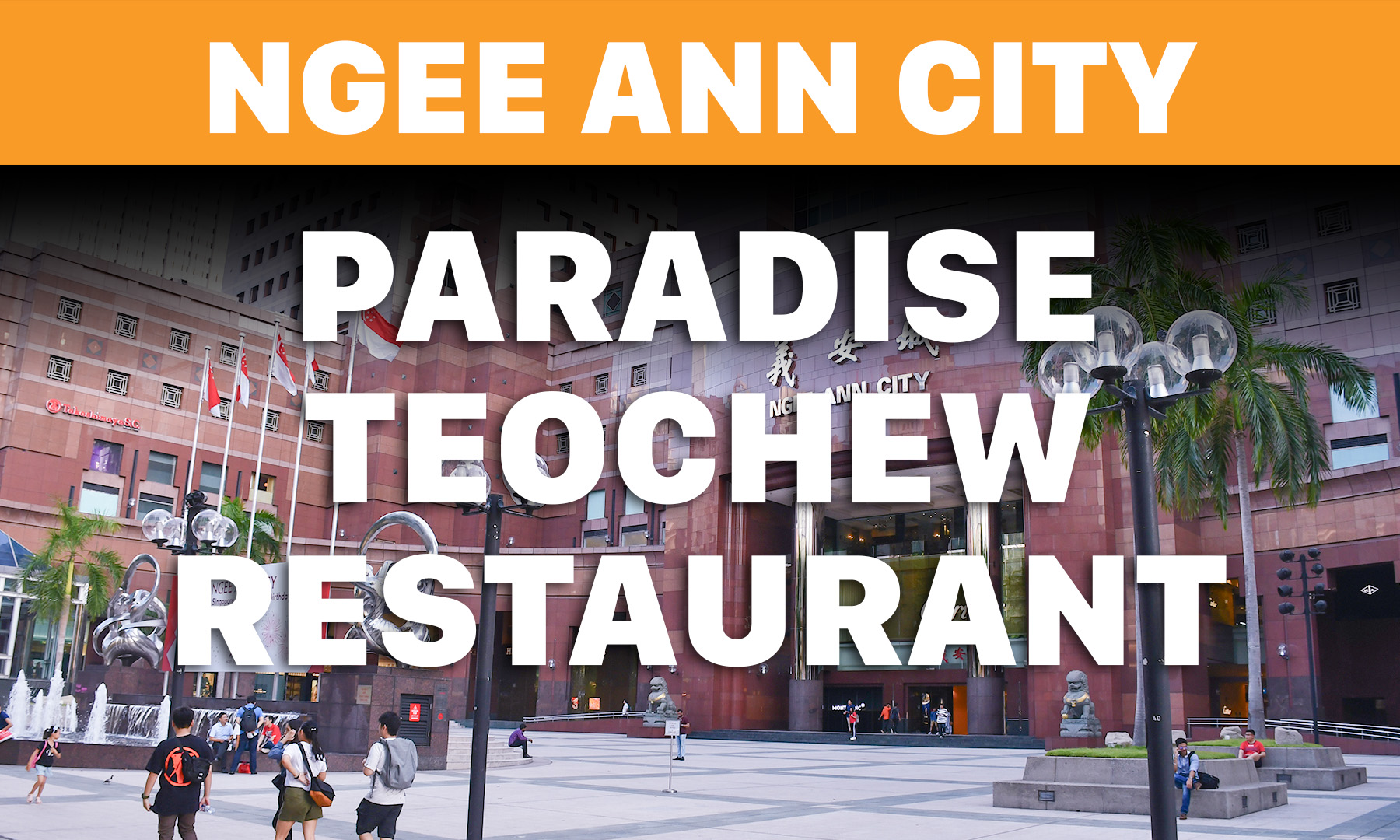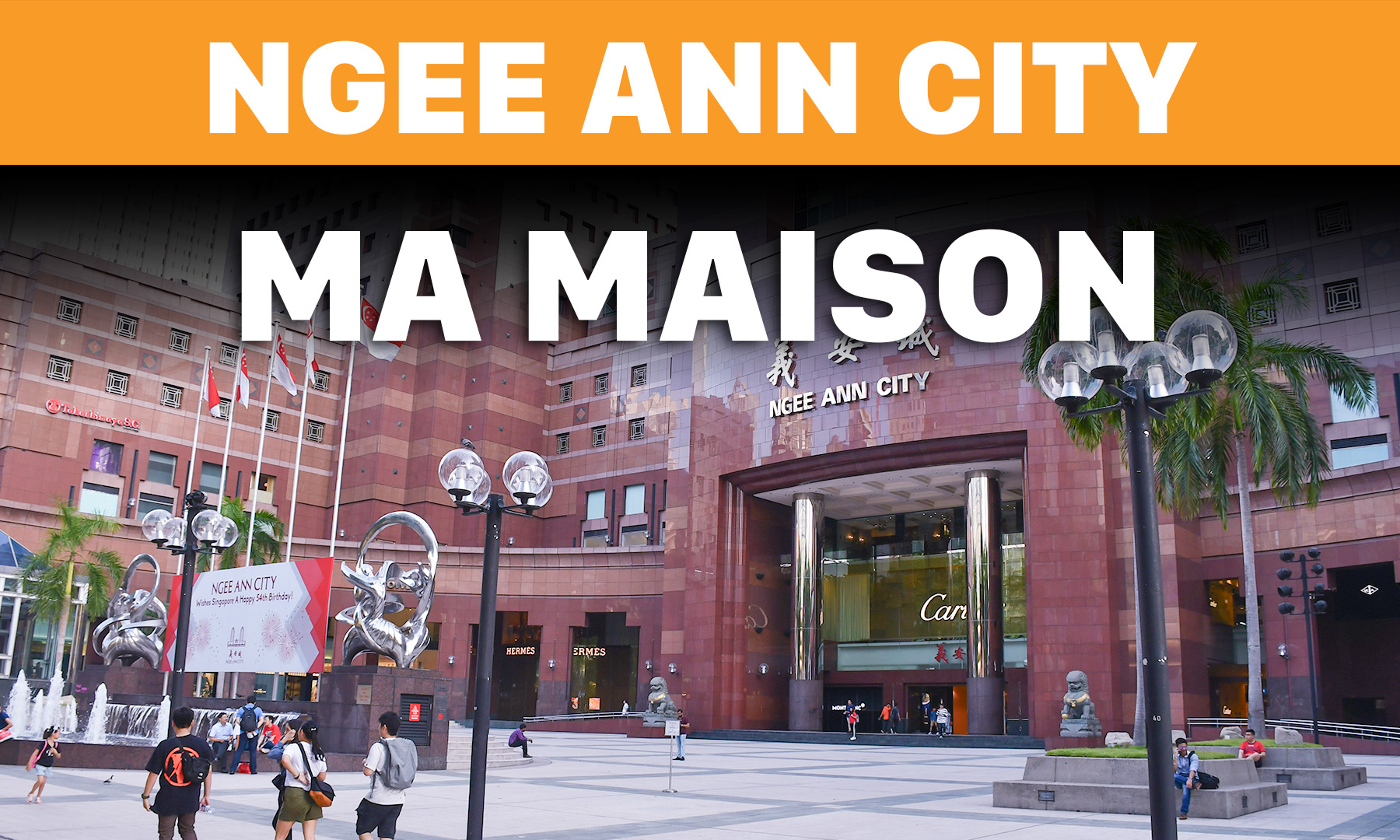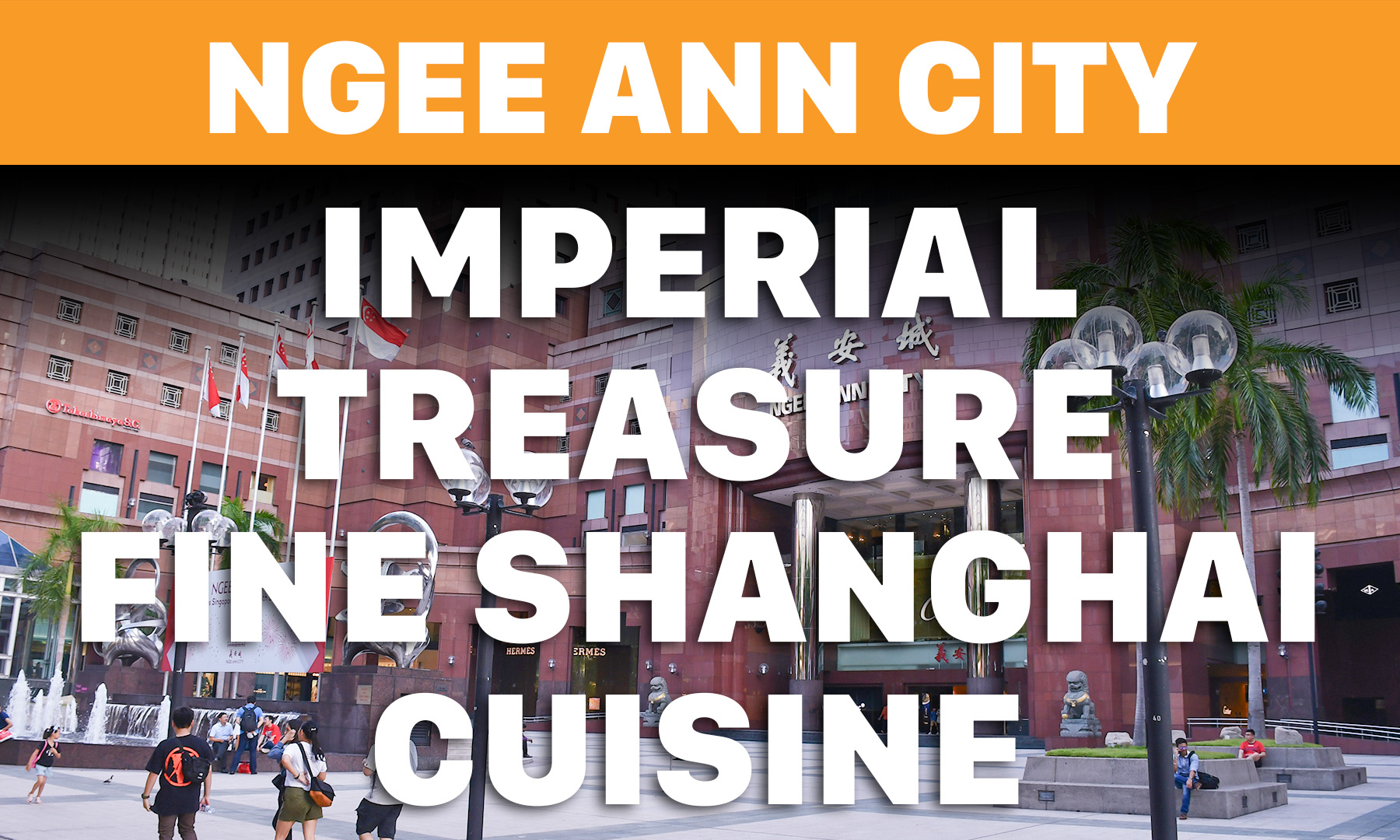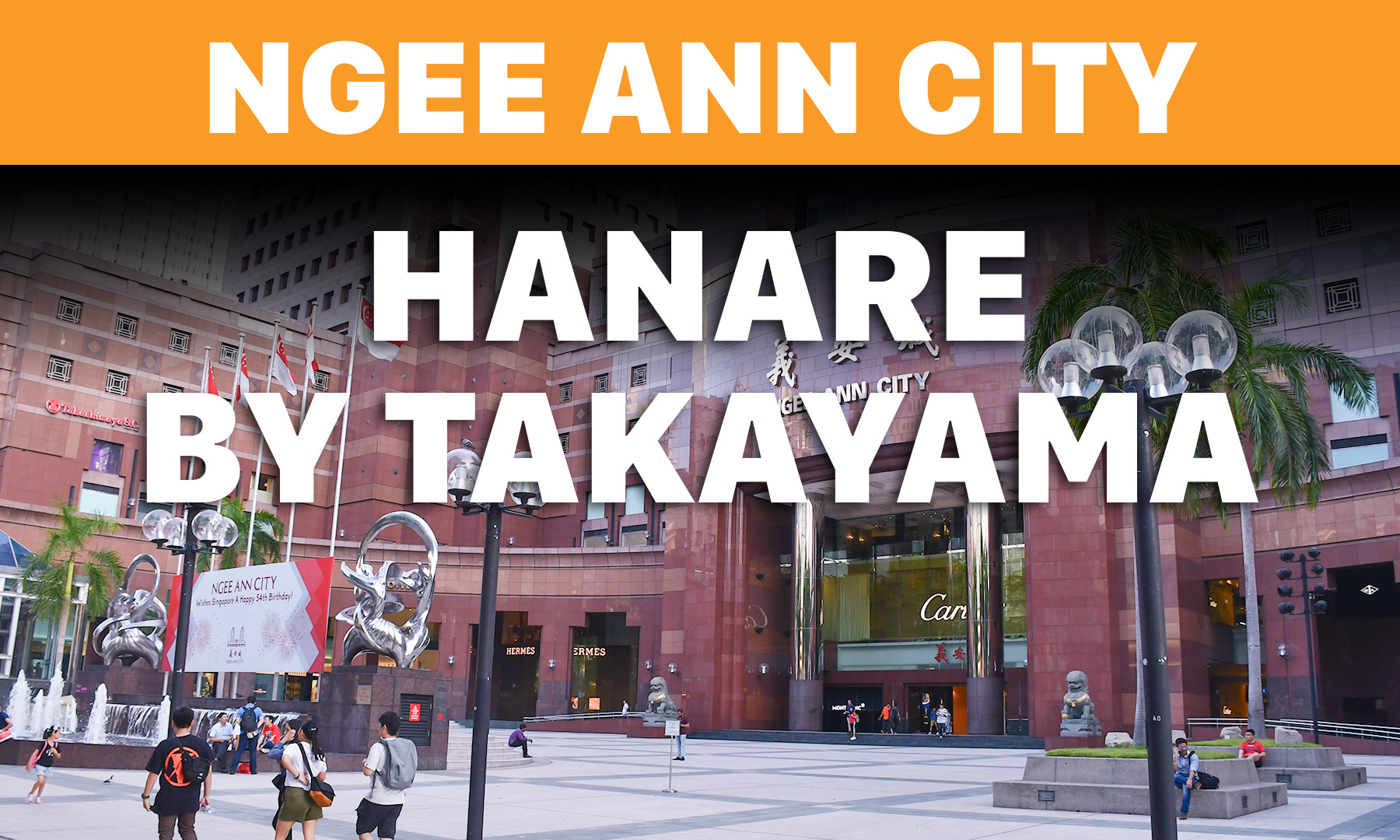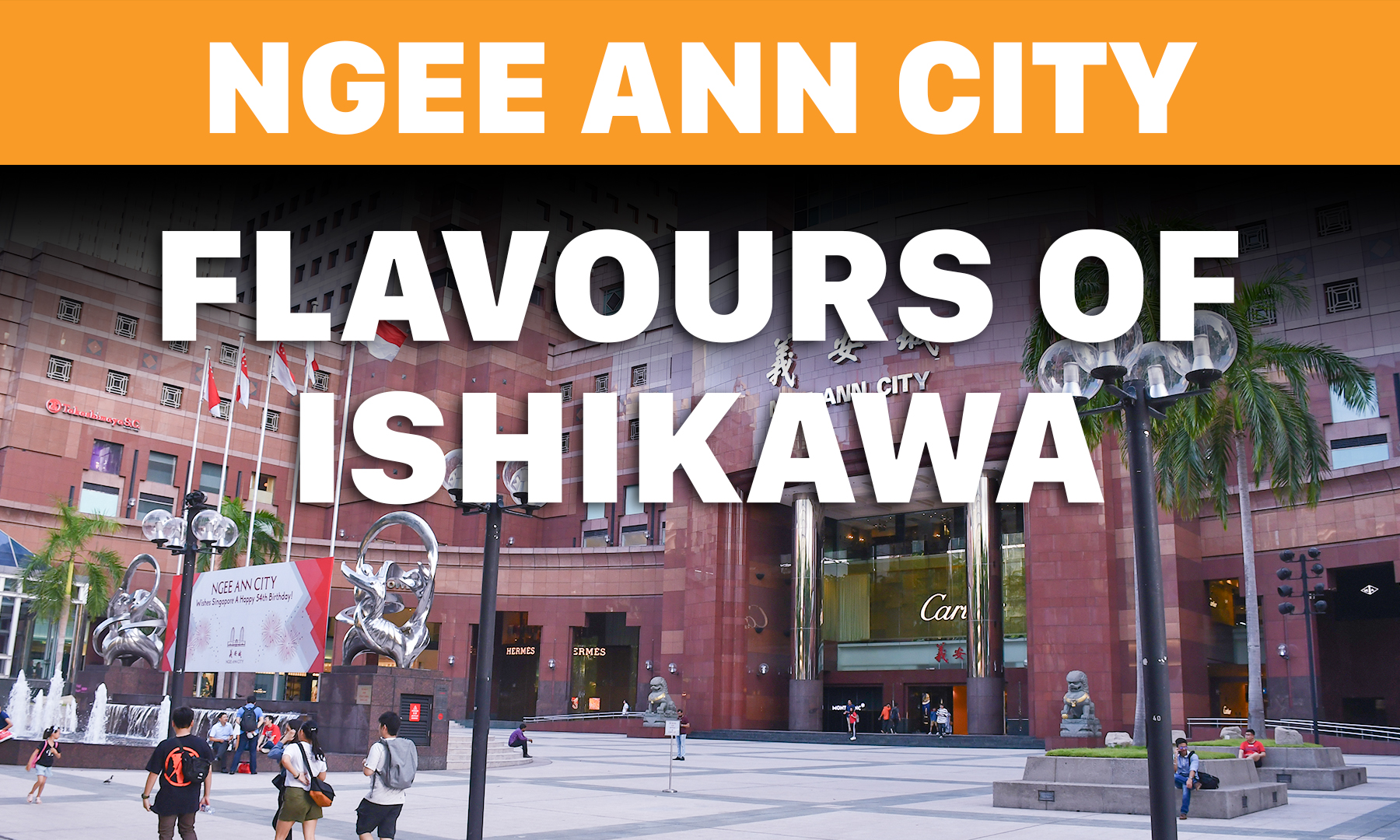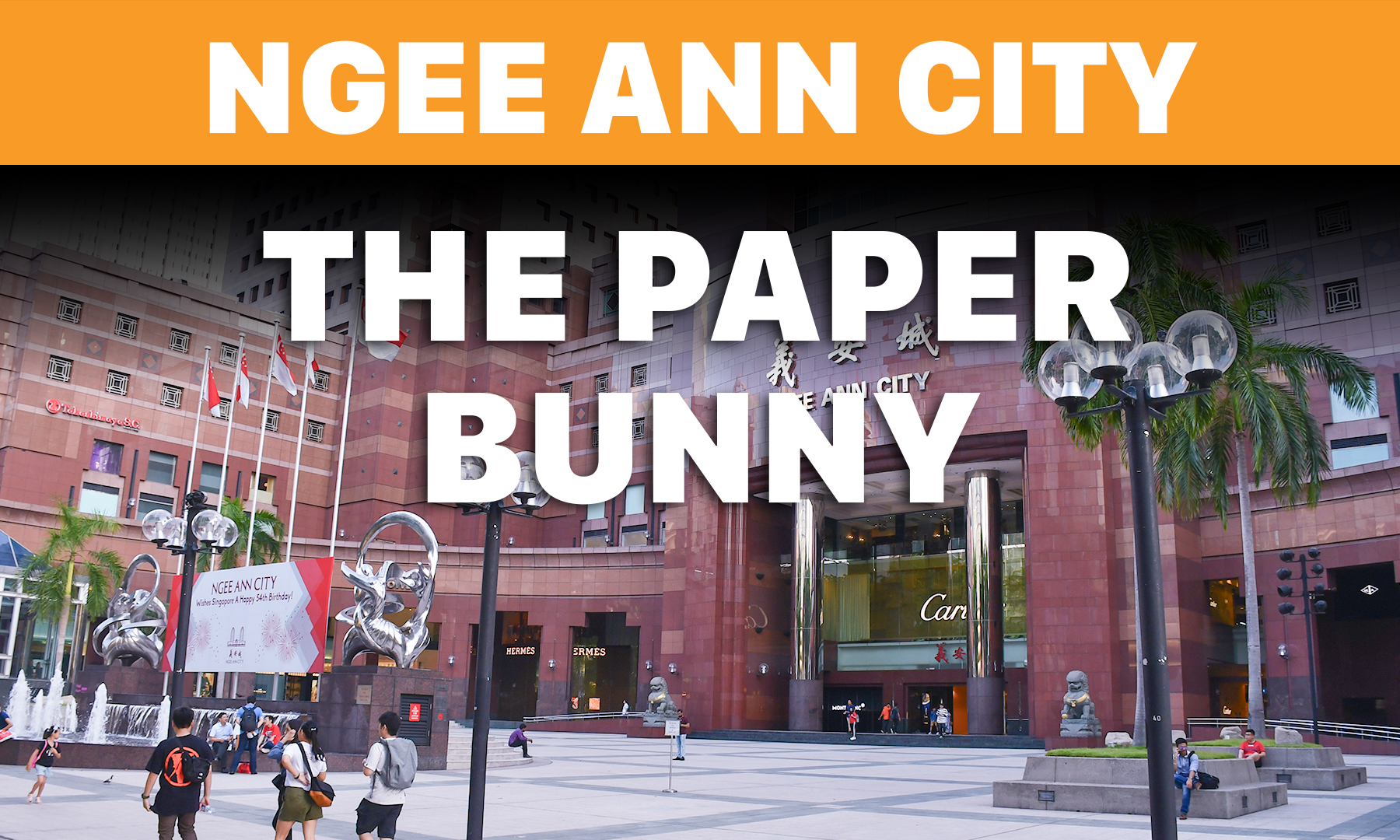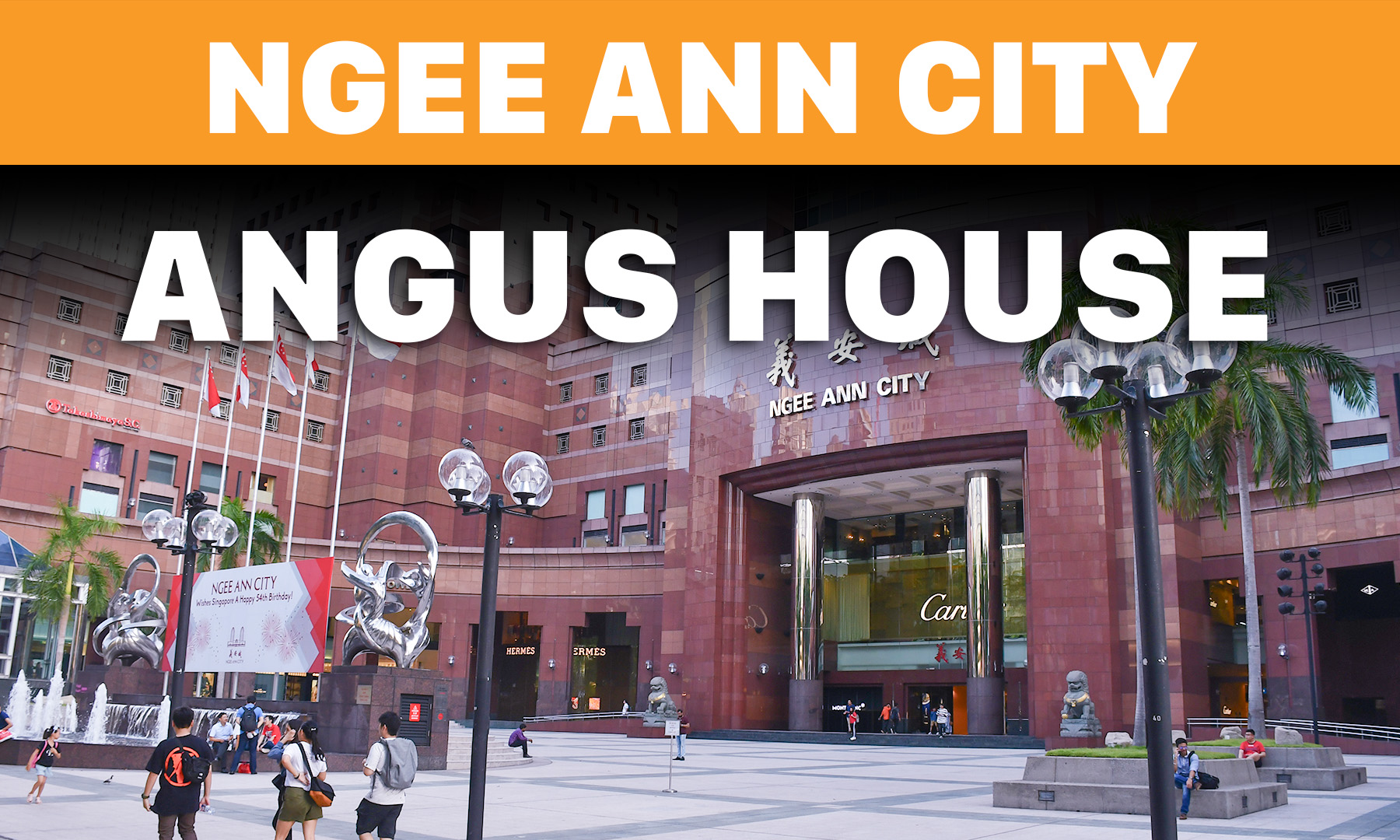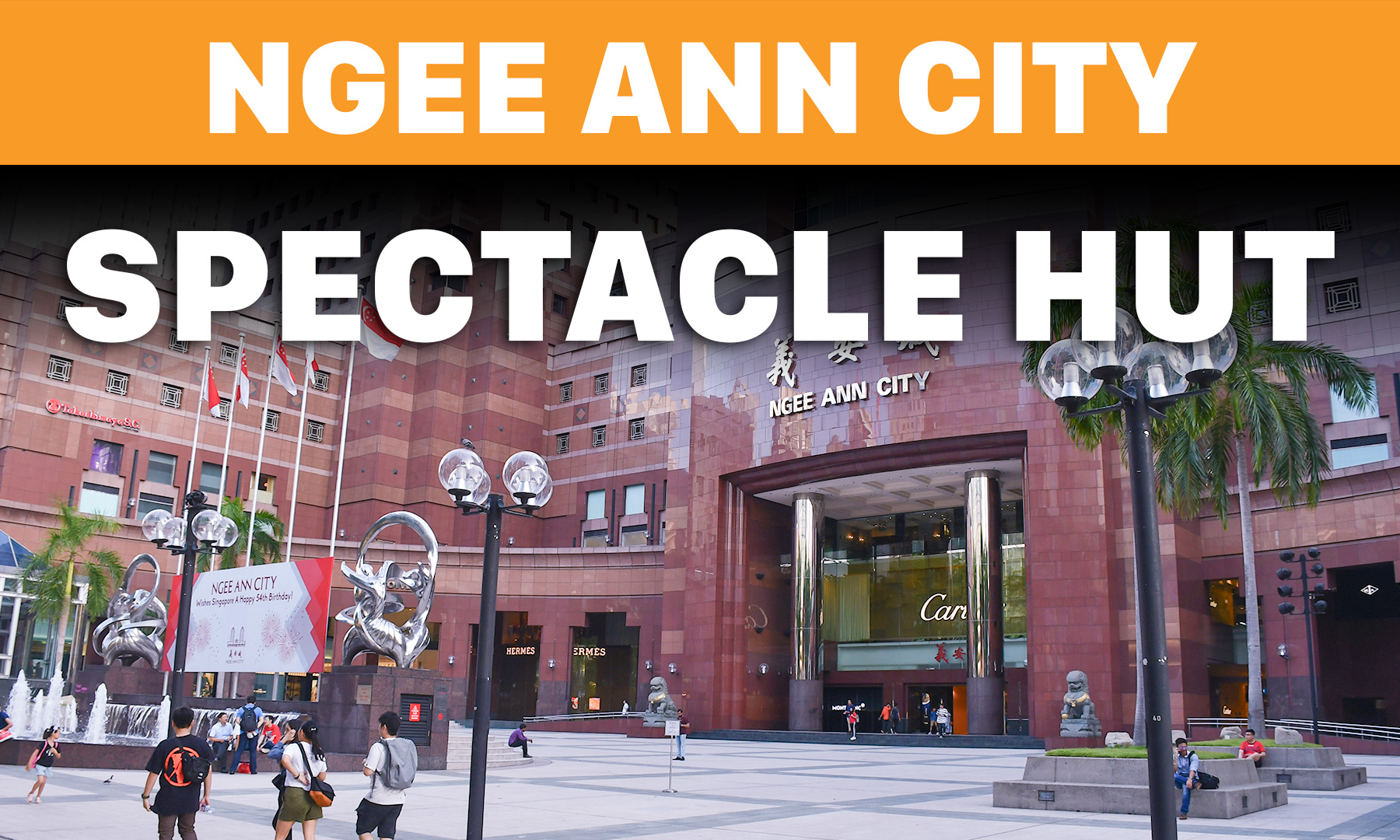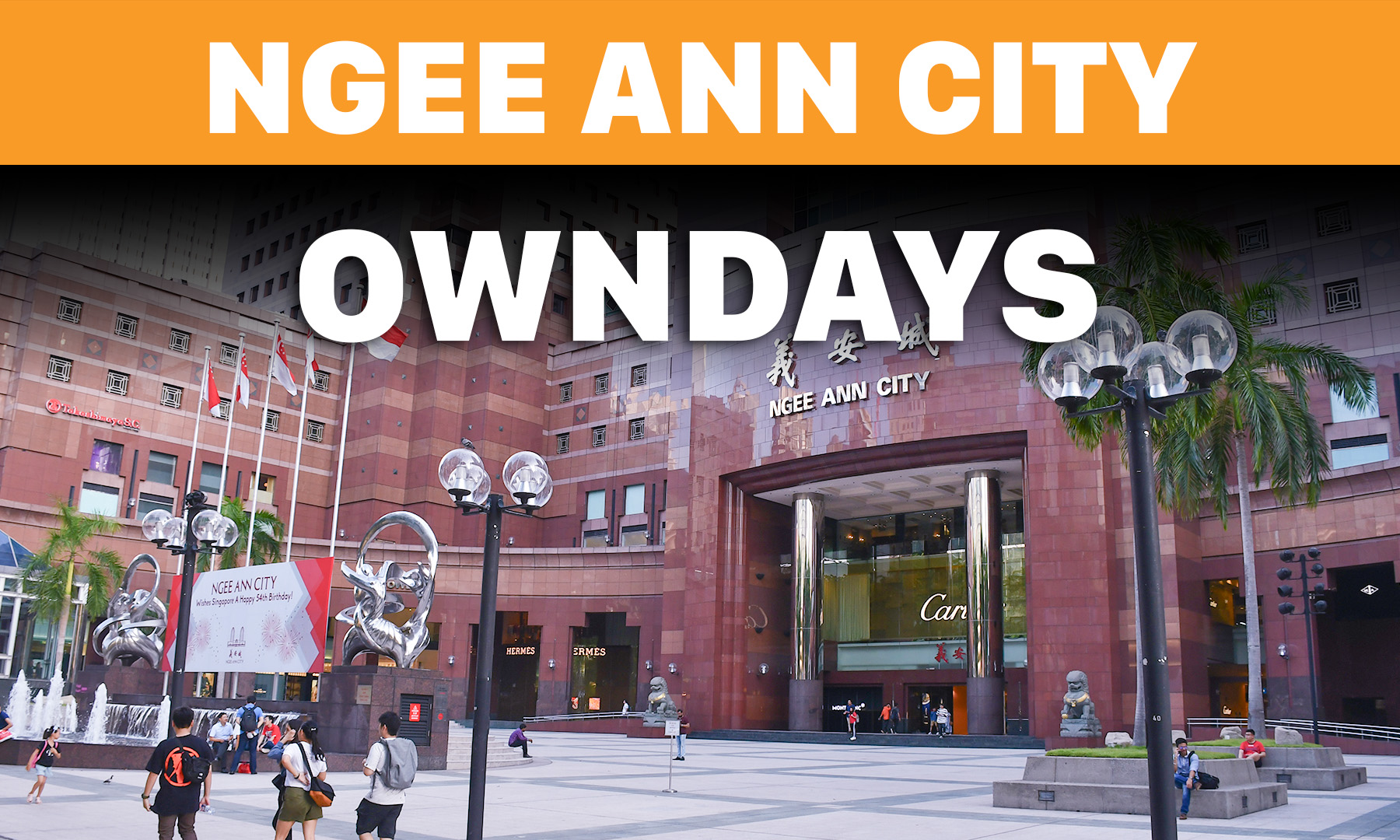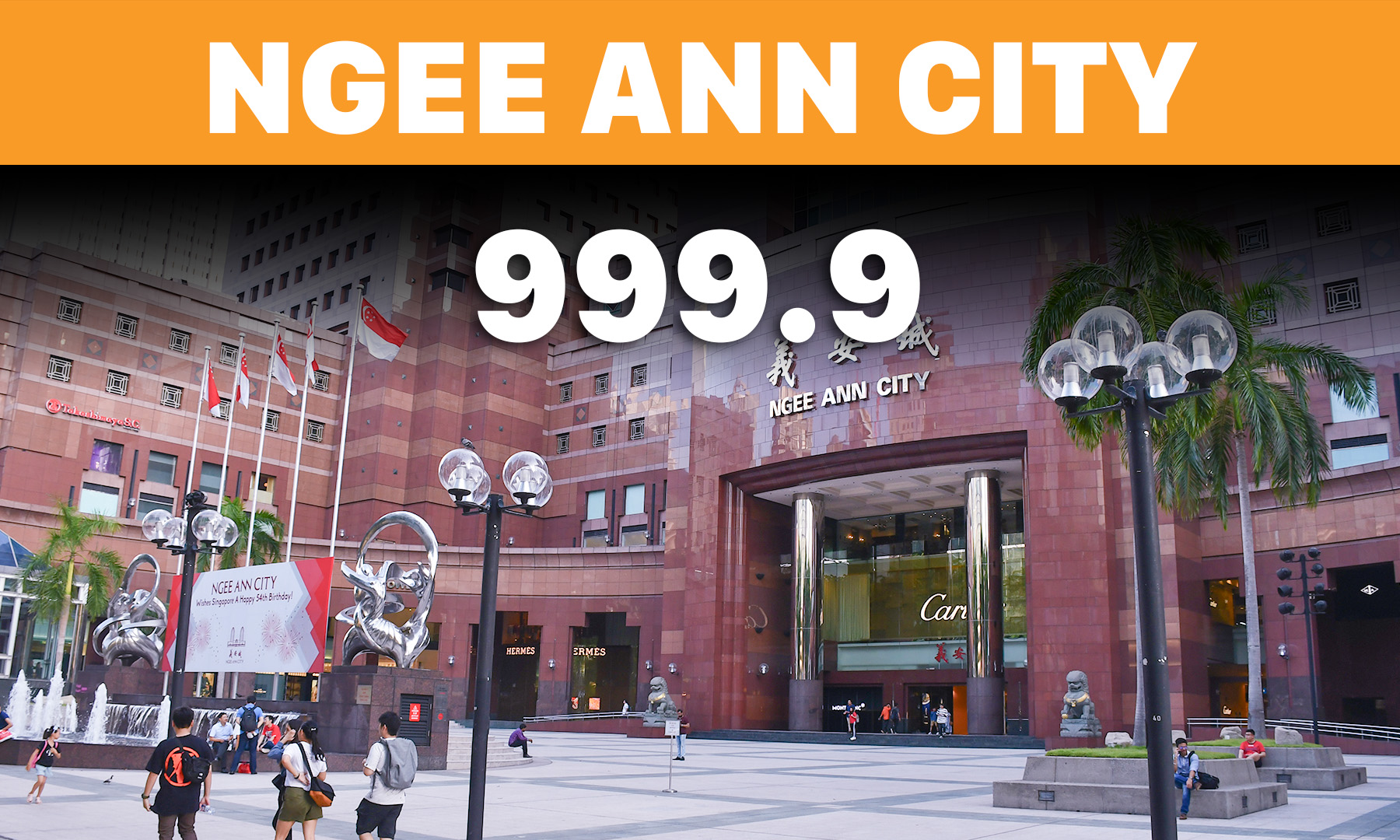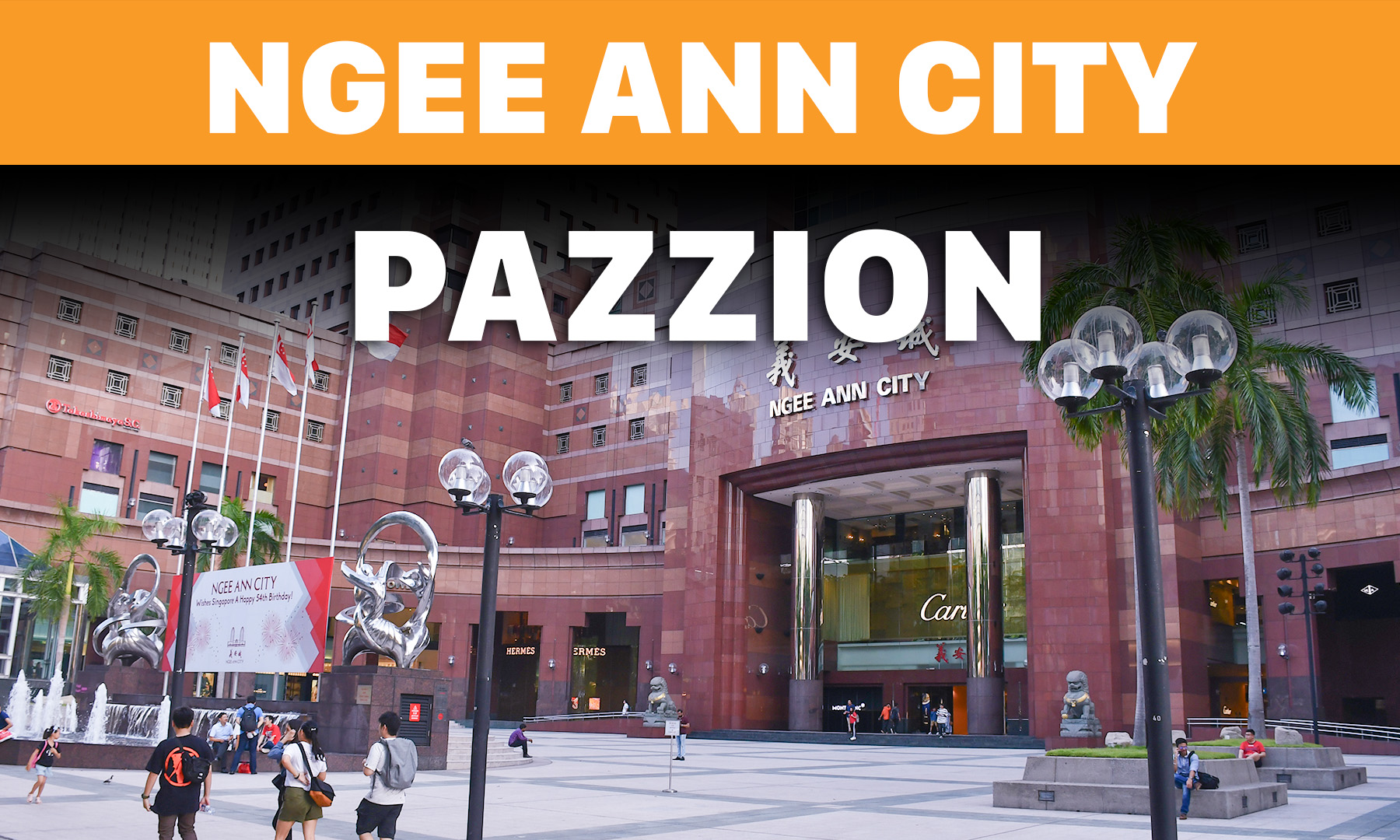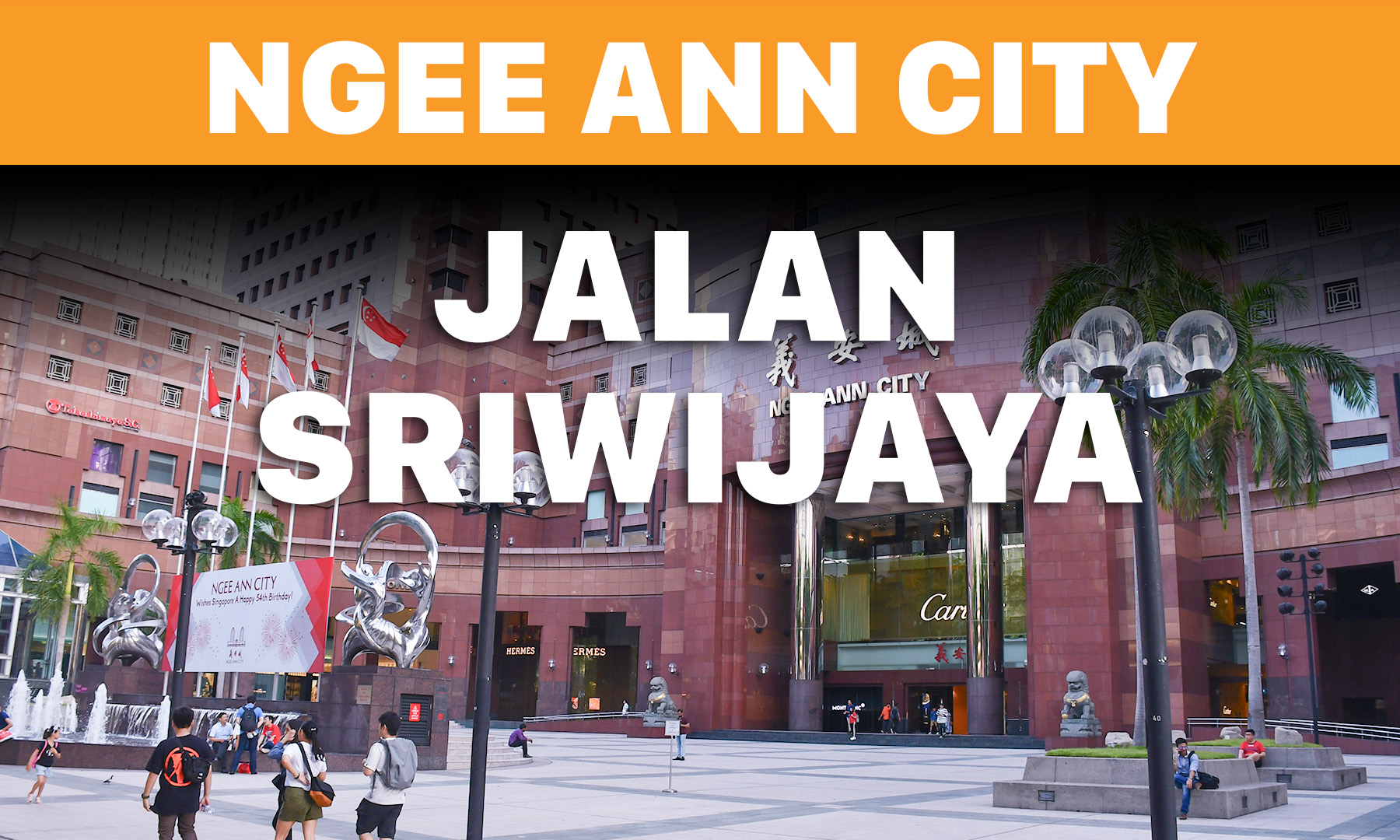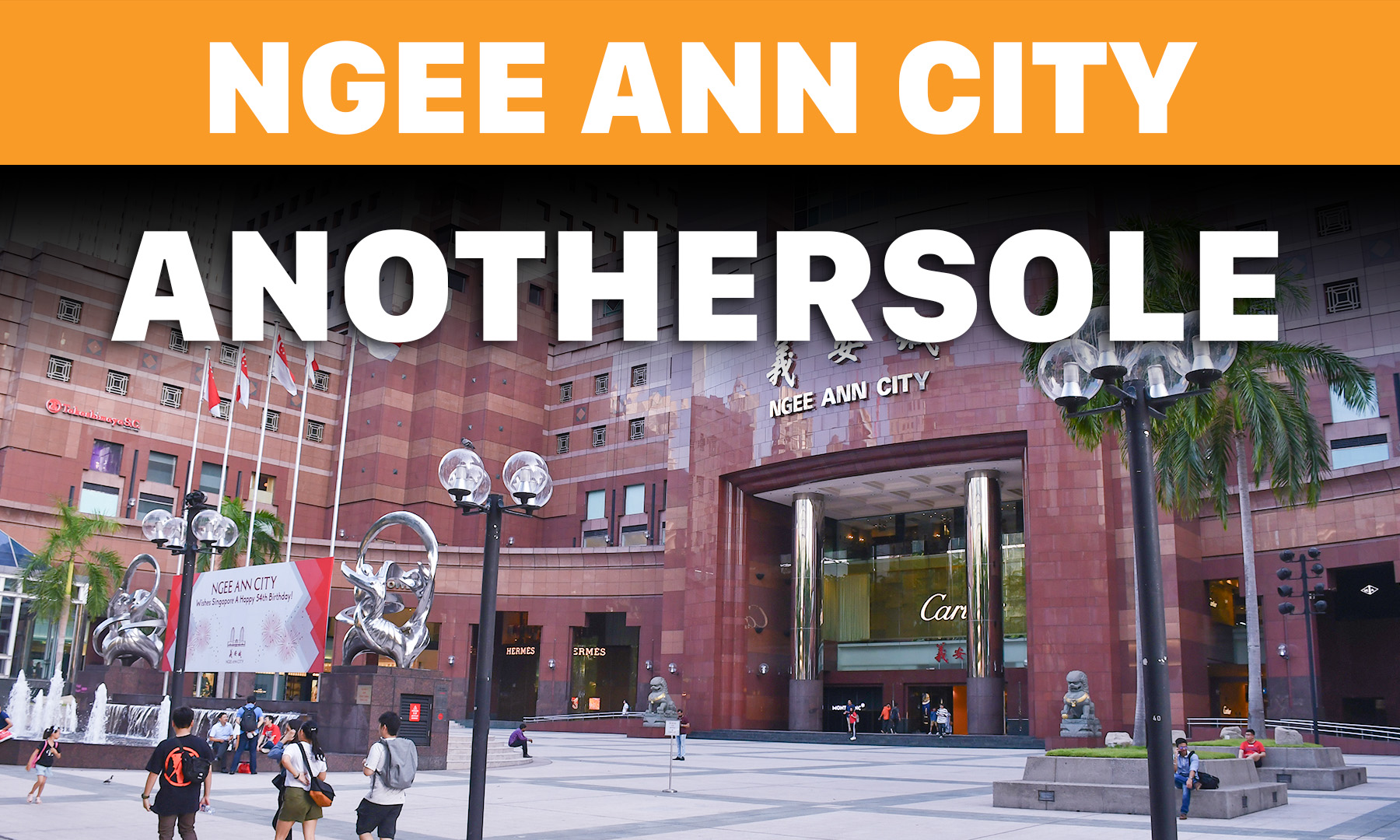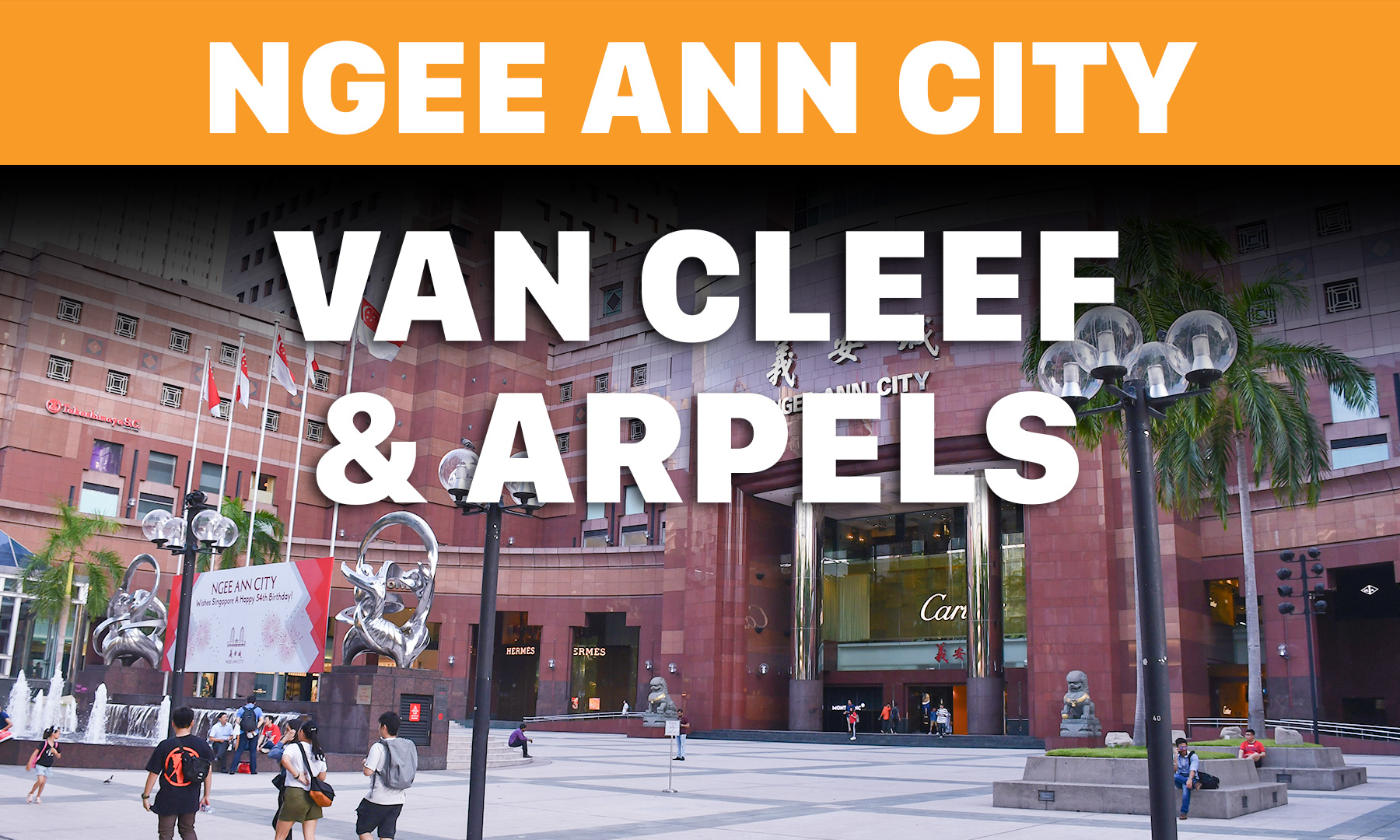Emporium Holdings: The Rise and Fall of Singapore's Beloved Retail Giant

Nostalgic Beginnings
Those who experienced life in Singapore from the mid-1960s through the 1980s will fondly recall the days spent at the Emporium Holdings Group’s bustling Chinese-inspired department stores and supermarkets, as well as the aromatic Oriental Restaurants. Sandy Wong, a contributor to the Singapore Memory Project, reminisced about joyful times at the Oriental Emporium, the most beloved department store of the era. She recalled her aunt’s excitement about the simultaneous openings of multiple stores, the joy of shopping for toys, and the undeniable appeal of the Oriental Emporium as a 1980s favorite.

Memories of a Favorite Shopping Haven
For many, the Oriental Emporium was more than just a shopping destination—it was an integral part of their childhood and family life. Shoppers enjoyed browsing the toy section, racing up and down staircases, and spending quality time with family and friends after meals. It was remembered as both a practical and an affordable place to shop.

The Founding of Emporium Holdings
The journey of Emporium Holdings began with the first Oriental Emporium in Raffles Place in 1966, established by Teochew brothers Lim Tow Seng and Lim Tow Yong from Swatow, China. Having moved to Singapore, the elder brother, Tow Seng, first apprenticed and then opened his own business in 1938, later joined by his brother in 1941. This venture marked the start of what would become a retail empire.
A Rapid Retail Expansion
By the mid-1980s, Emporium Holdings had expanded significantly, operating over 70 outlets across Singapore, Malaysia, Brunei, and Hong Kong. This growth period saw the company emerge as one of the largest retail groups in the region.
Emporium Challenges the Market Leaders
The arrival of the Oriental Emporium in Raffles Place was particularly significant. Positioned opposite the upscale Robinsons, which catered primarily to the expatriate and affluent local market, the new Emporium offered a more accessible shopping alternative that resonated with the local populace. Chairman Lim Tow Seng highlighted the store’s role in complementing government tourism efforts and offering economical shopping options for ordinary people.

Foundations of Success
The Emporium’s success was fueled by its extensive range of reasonably priced Chinese products and an innovative open-shelf display that allowed customers the freedom to explore and interact with the merchandise. This approach led to a booming $5 million in sales in its first year.
Strategic Expansion and Diversification
The expansion continued with the Eastern Emporium and the acquisition of other local stores, enhancing the group’s presence on Orchard Road and beyond. The 1970s brought further diversification as Singapore’s economy and consumer culture evolved, prompting Emporium to launch upscale Klasse Department Store alongside the more budget-friendly Oriental Emporium chain.
Integrating Shopping with Lifestyle
Emporium’s growth strategy also included integrating shopping with dining and other services, which was innovative at the time. The company's adaptation to market shifts continued with the introduction of 24-hour shopping at Yokoso Superstore and niche markets like the Small World Superstore for children.
The Decline of a Retail Giant
However, the 1985 recession dealt a heavy blow to Emporium Holdings, leading to its liquidation in 1987. Despite the eventual closure of all Emporium stores in 1999, the legacy of the brand's contributions to Singapore’s retail landscape endures, cherished by those who remember it as a pioneering and much-loved part of their lives.
Source: https://biblioasia.nlb.gov.sg

